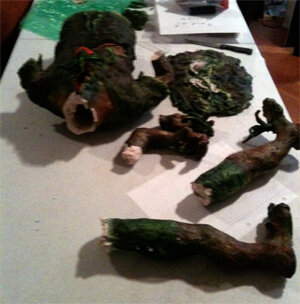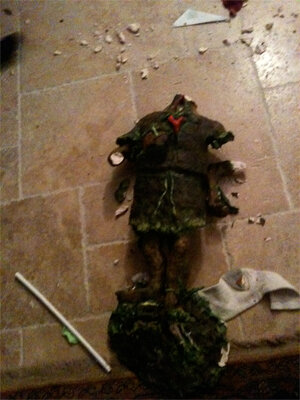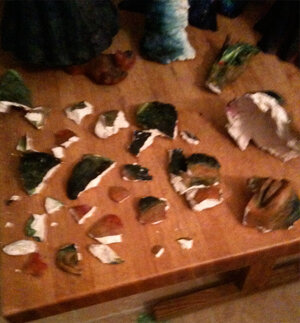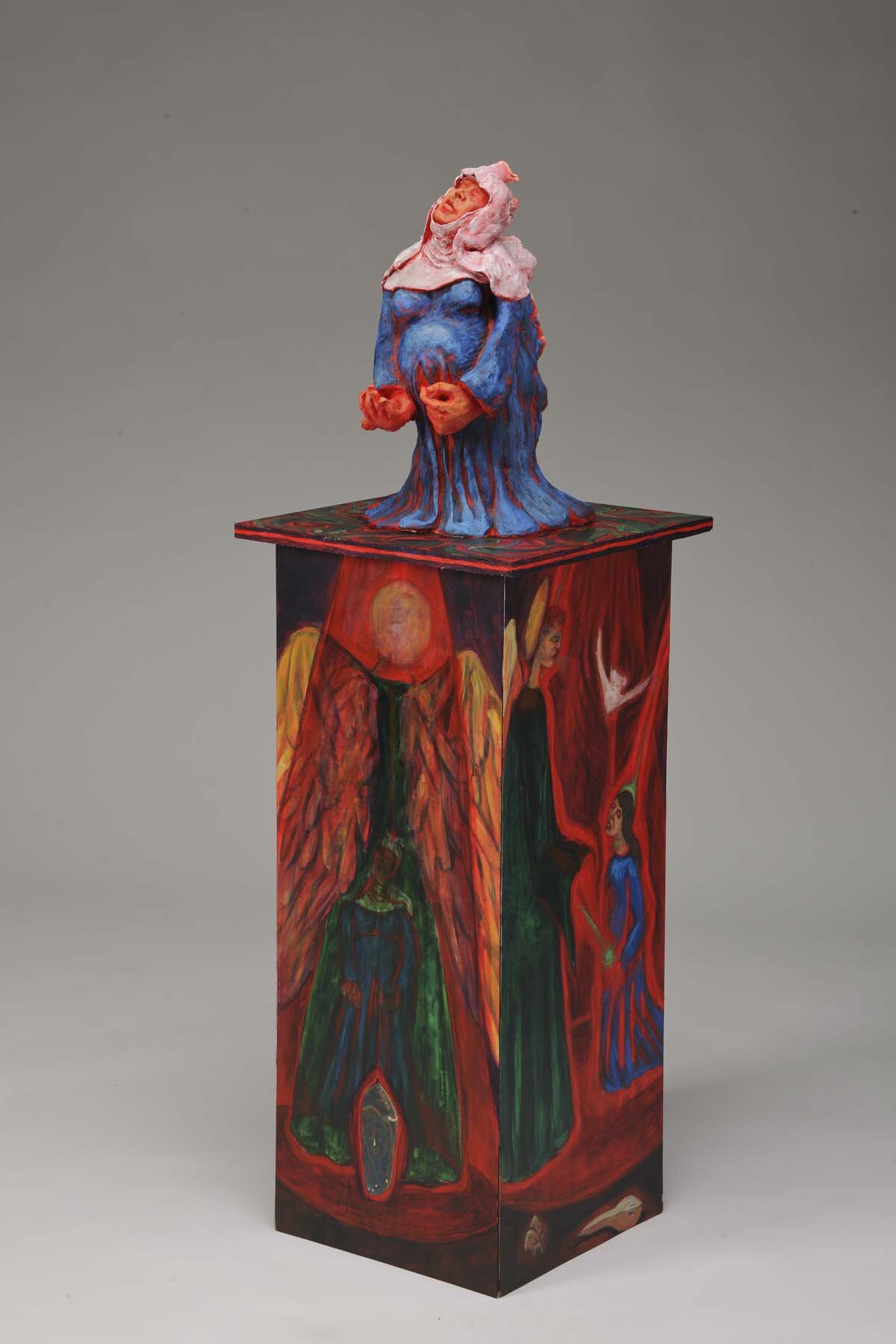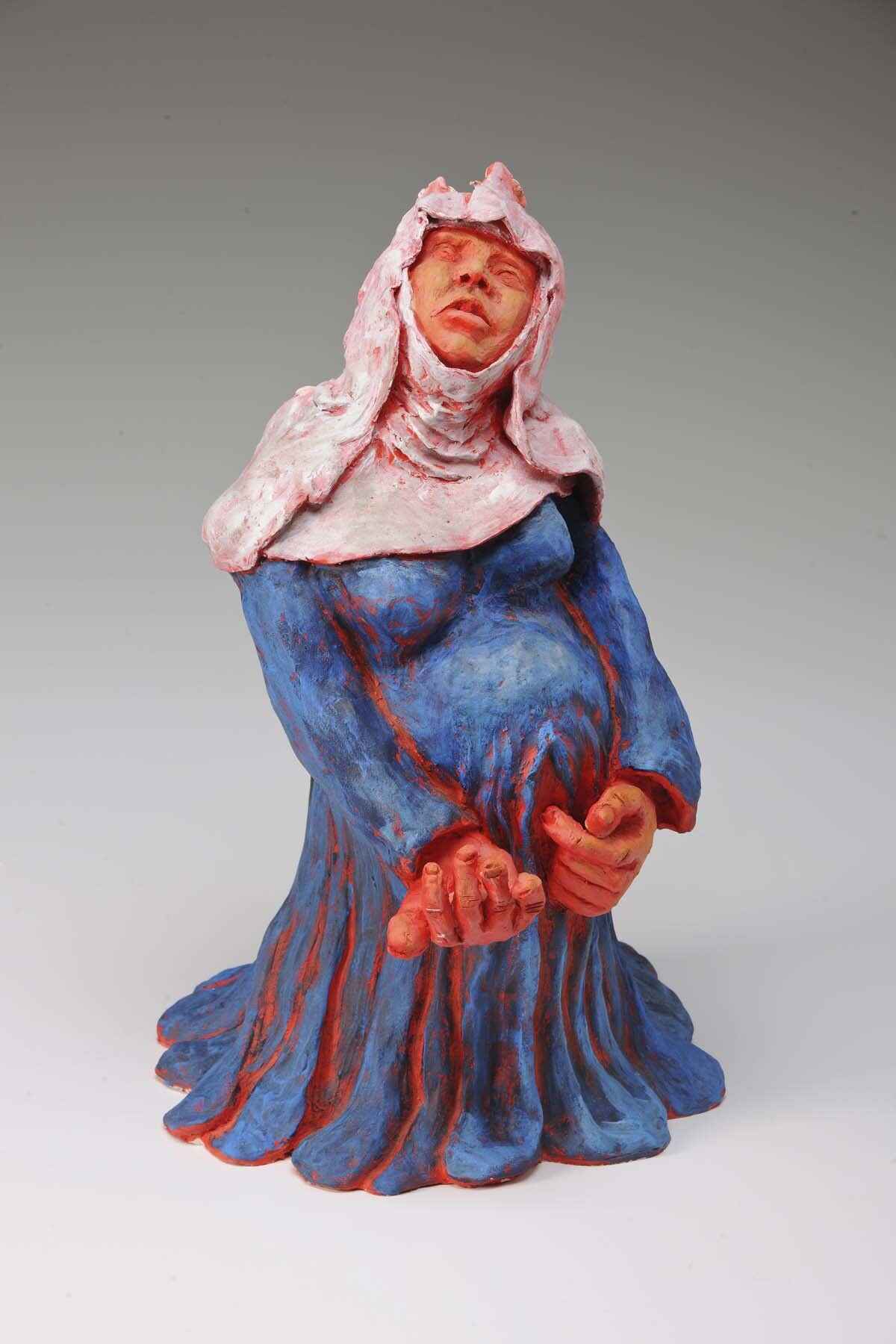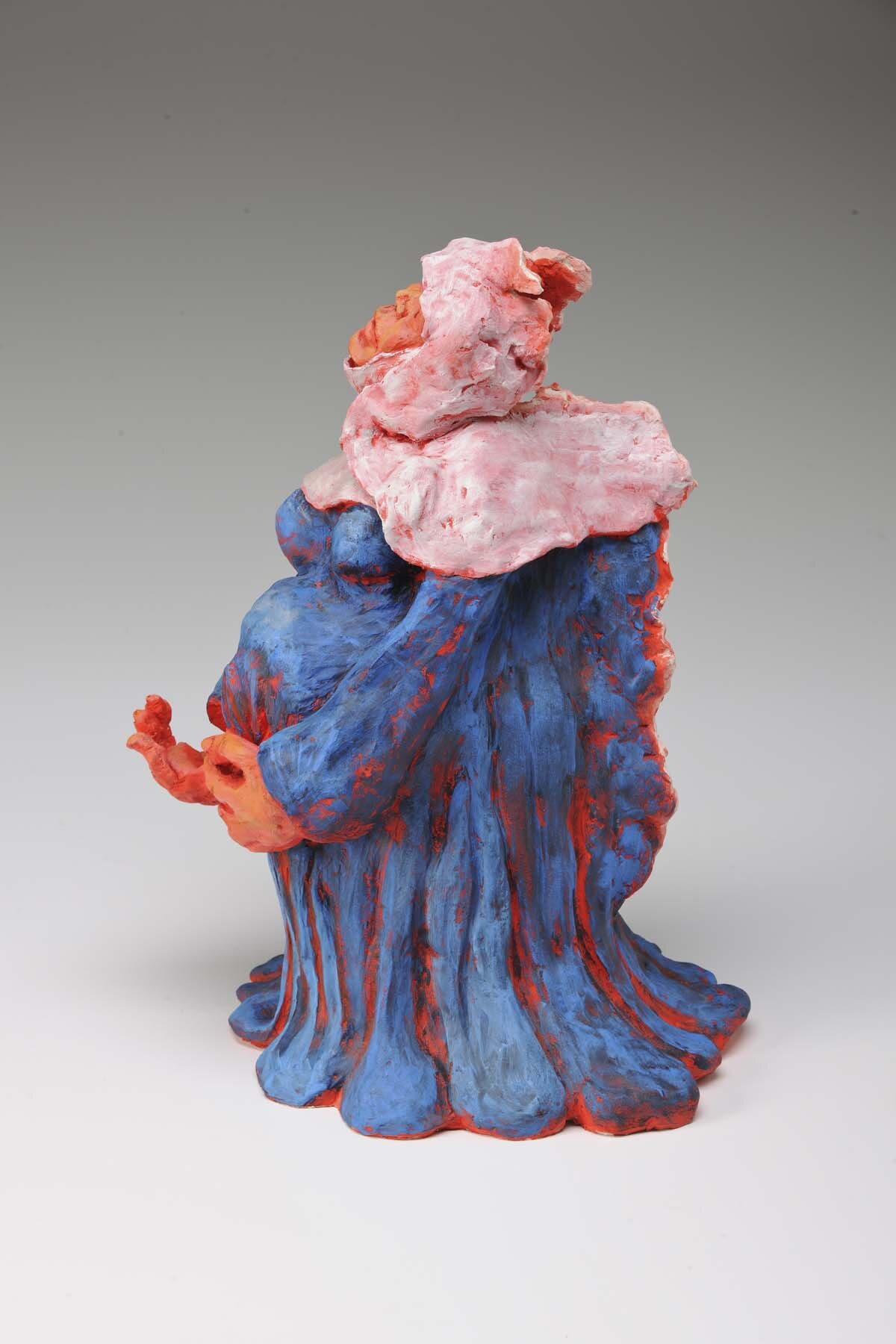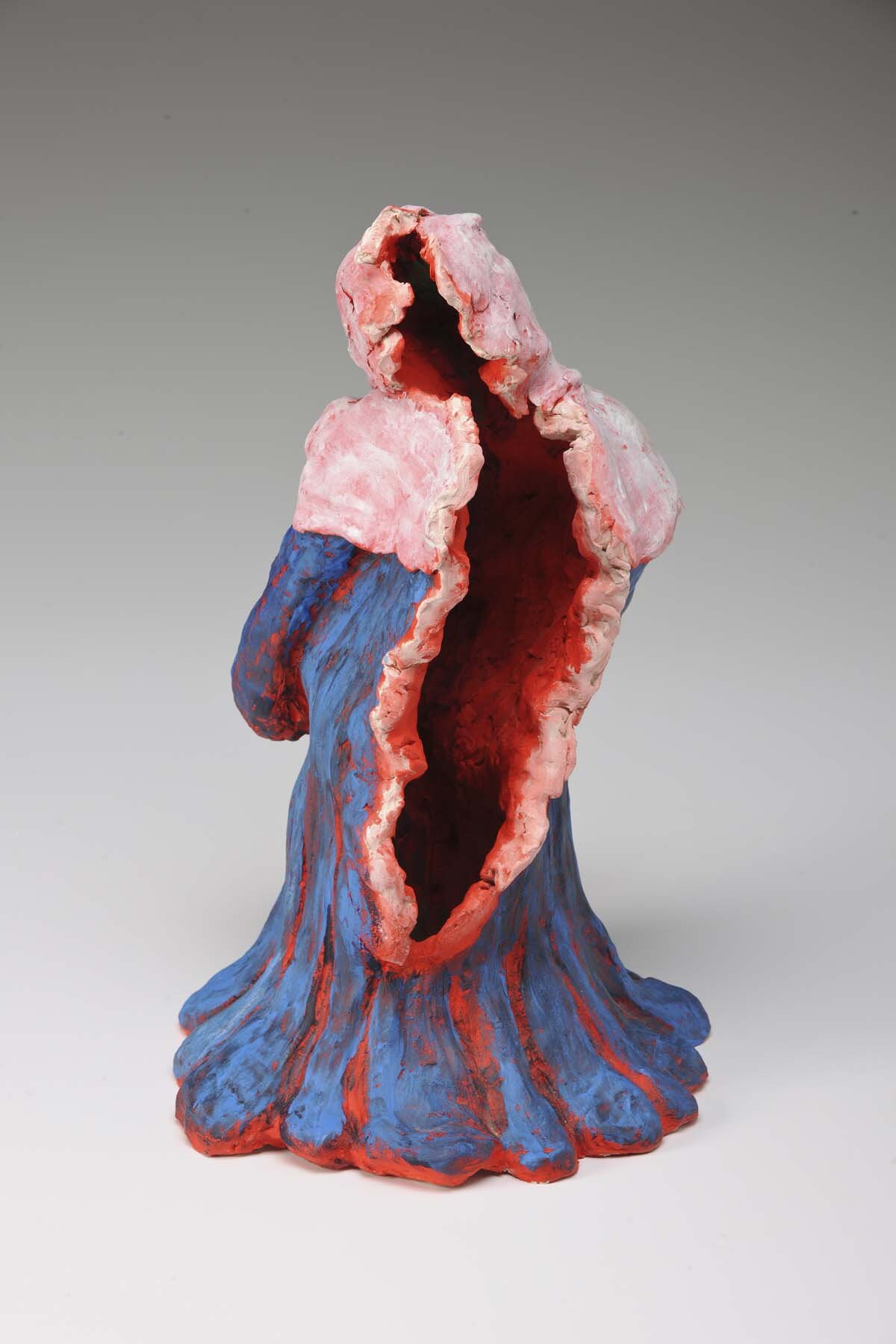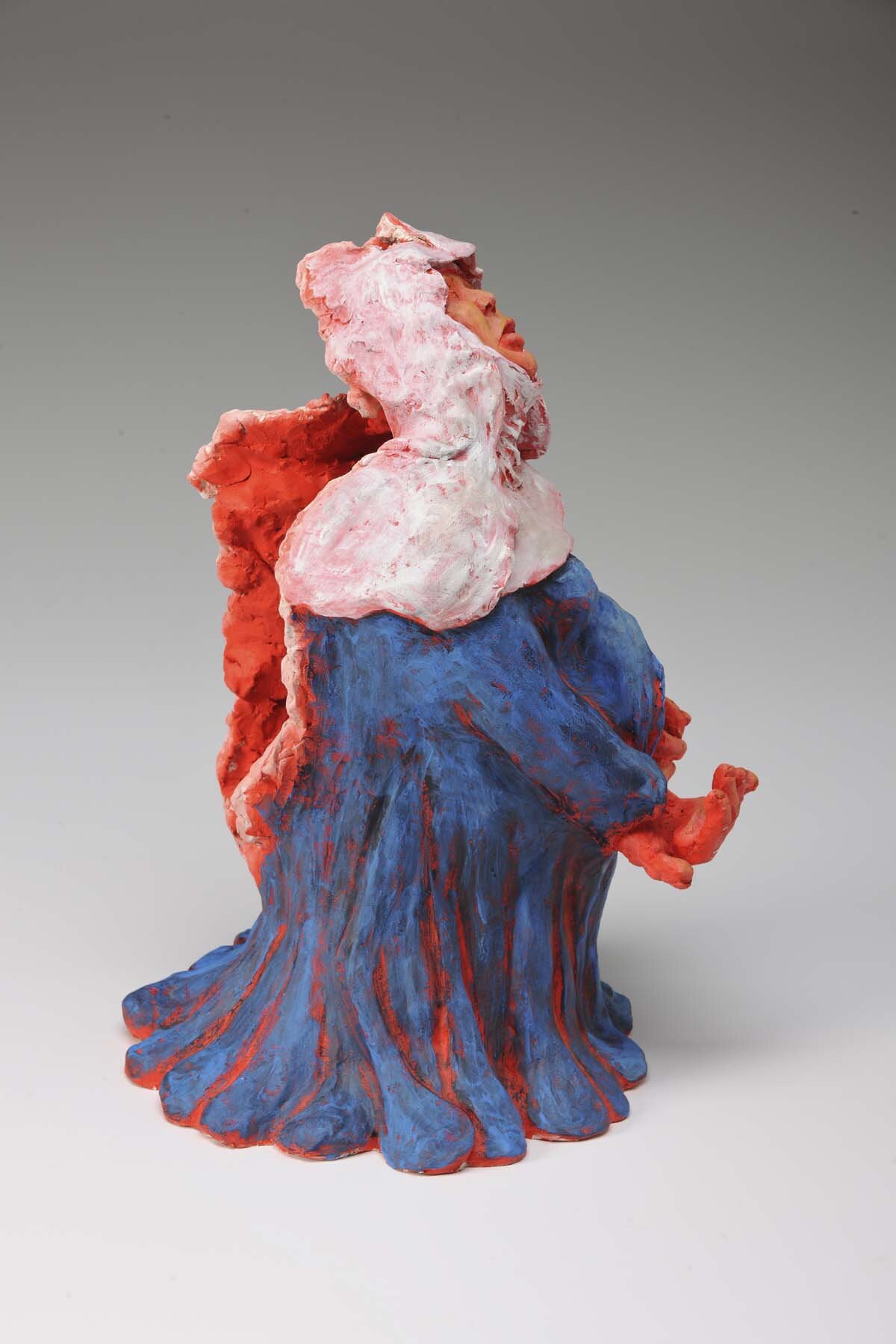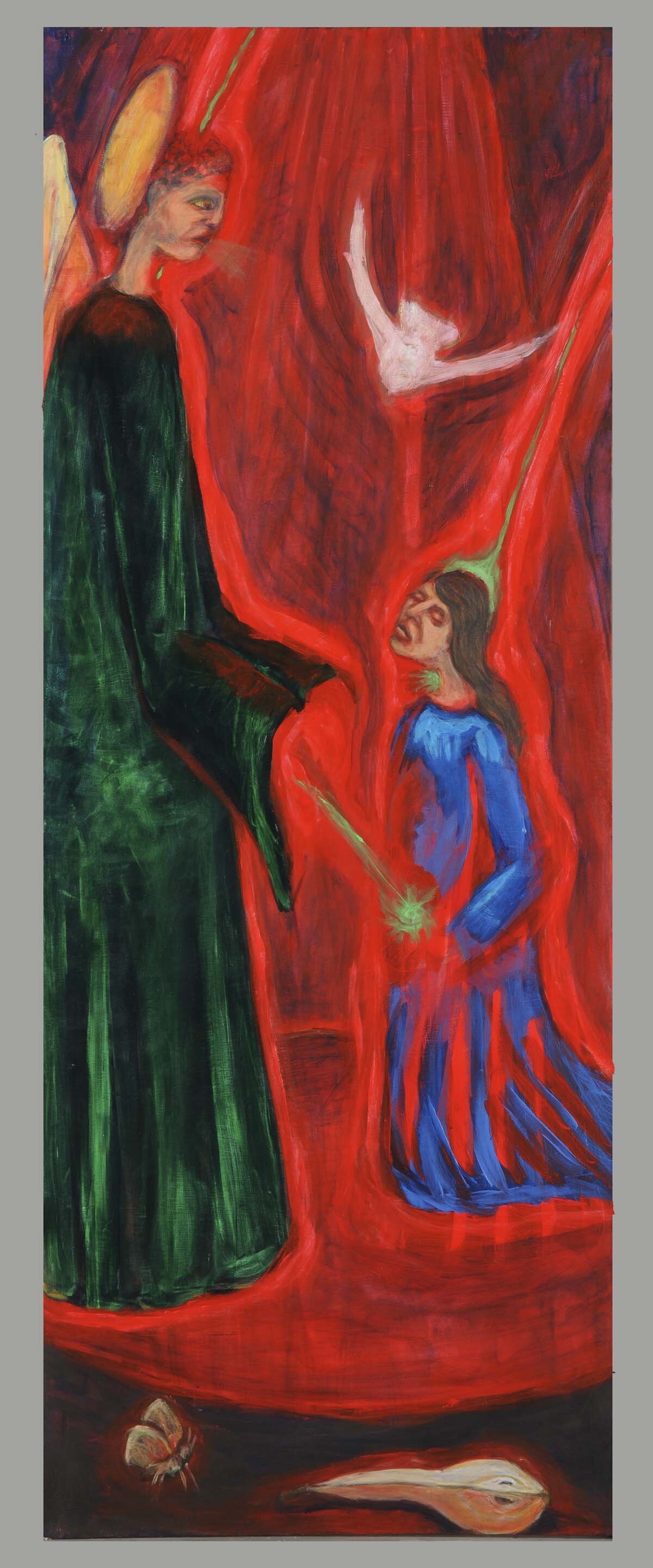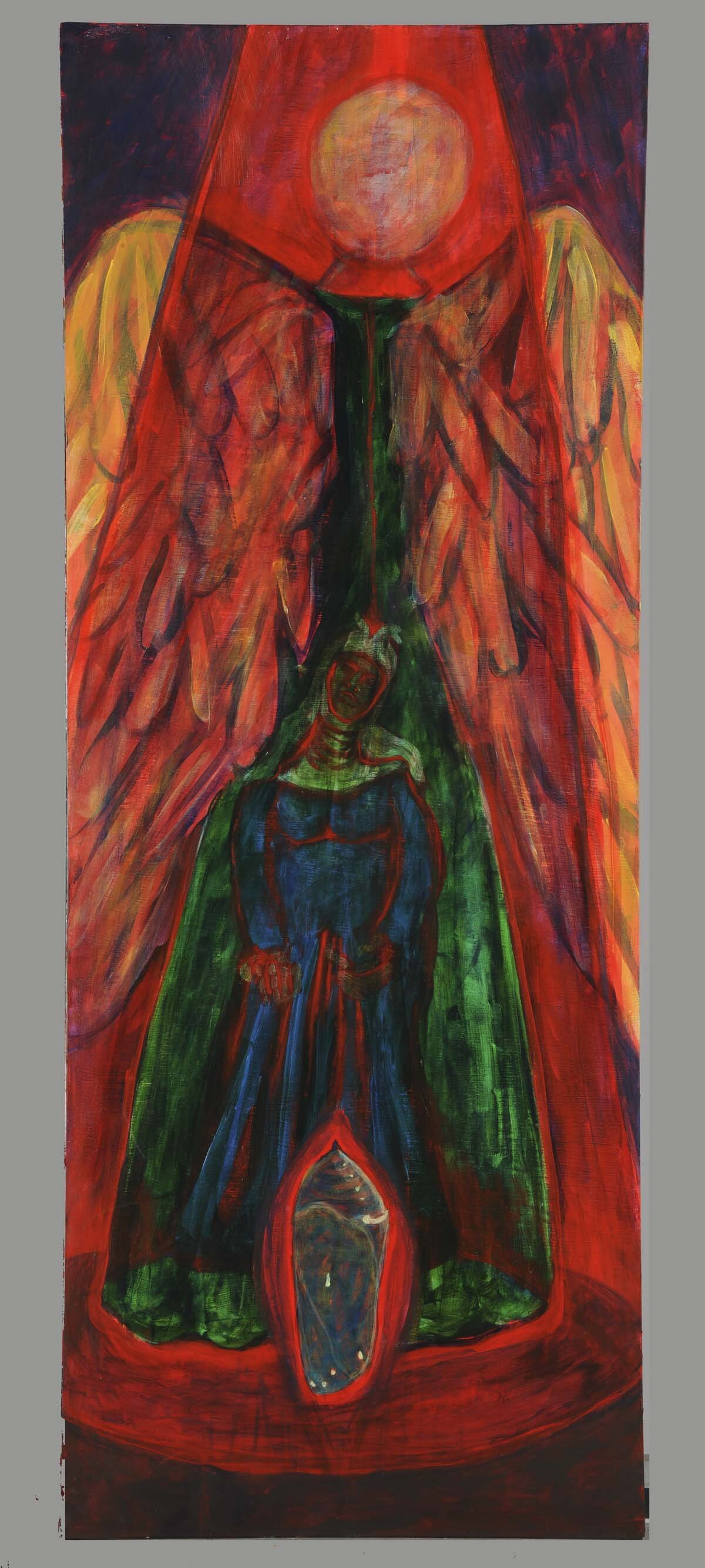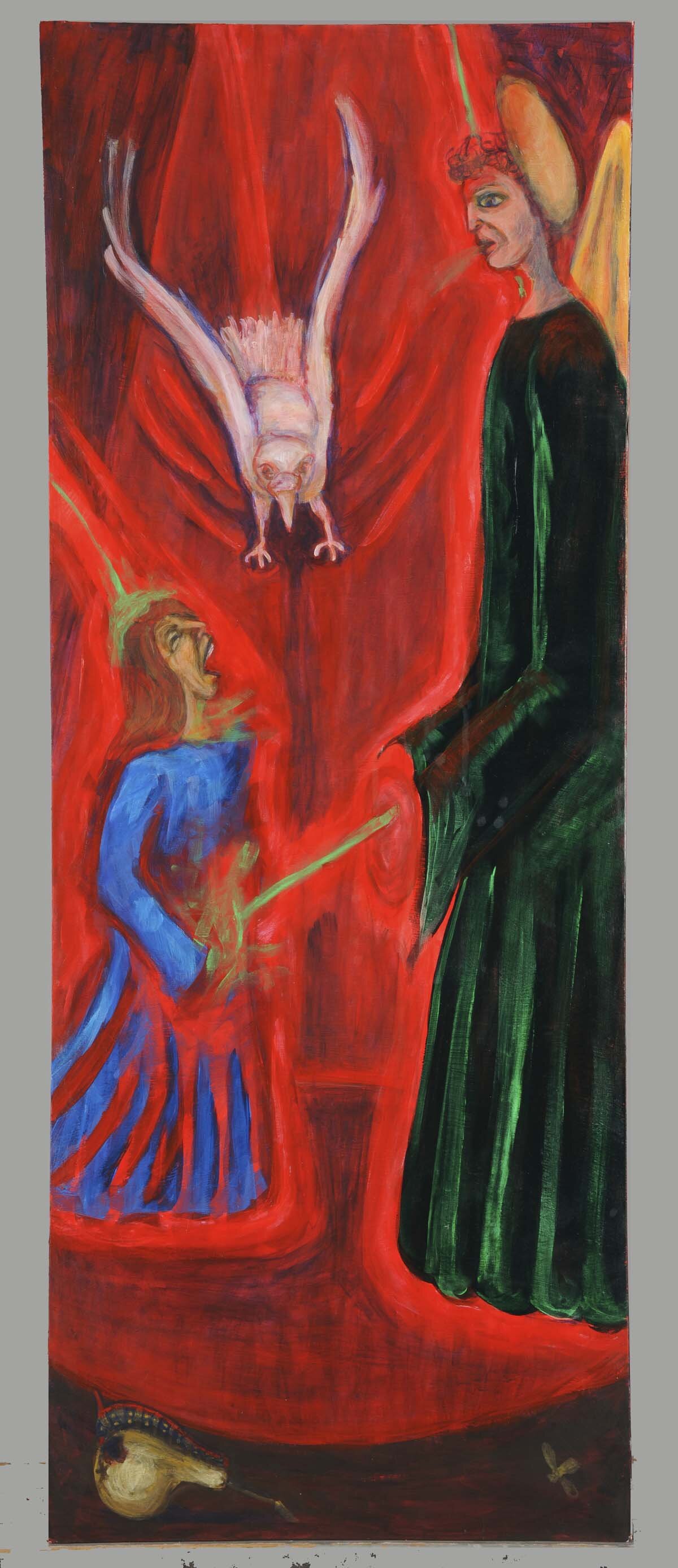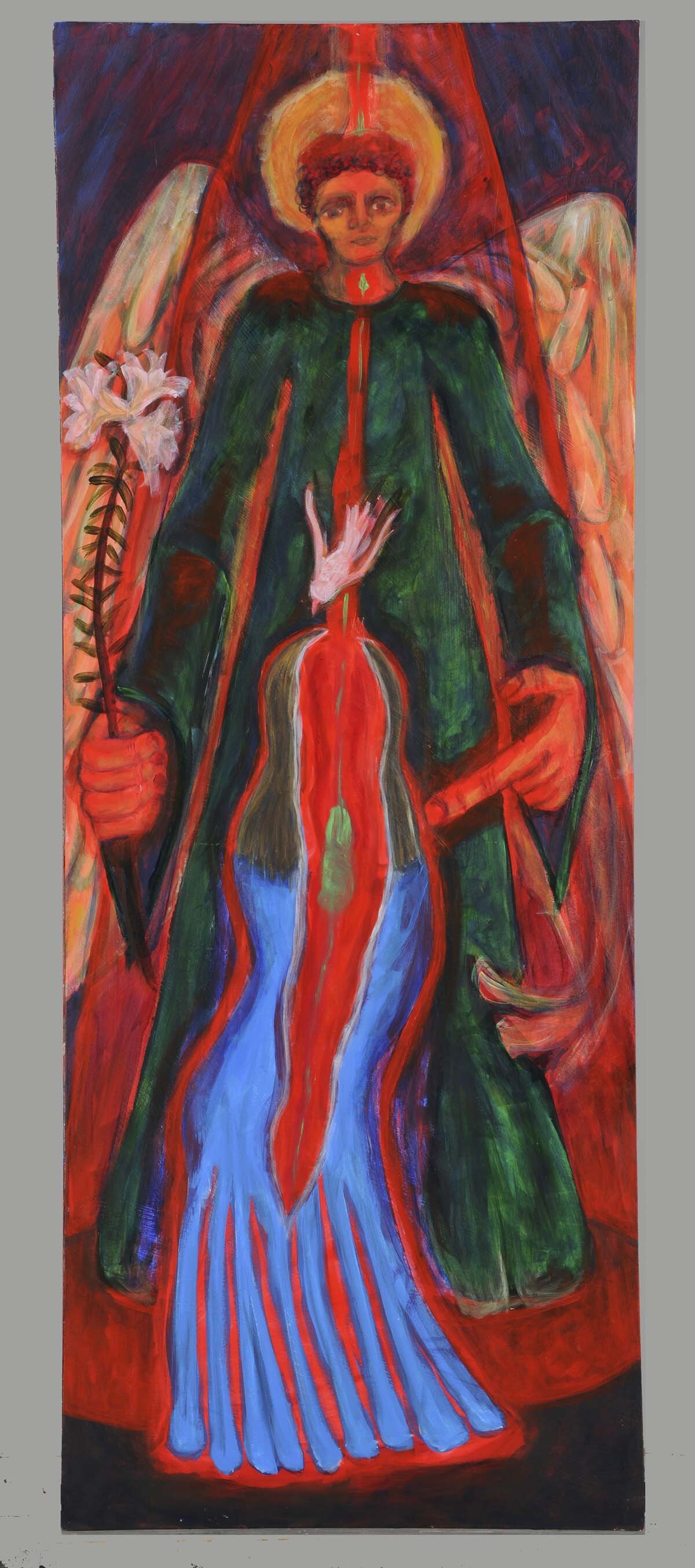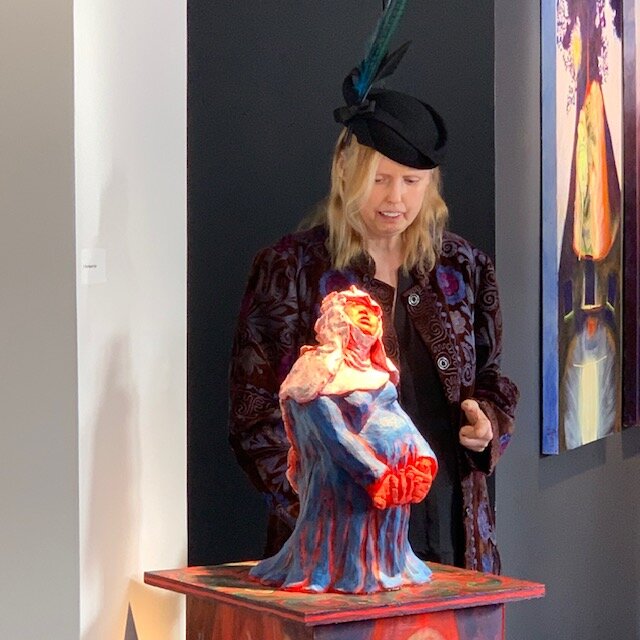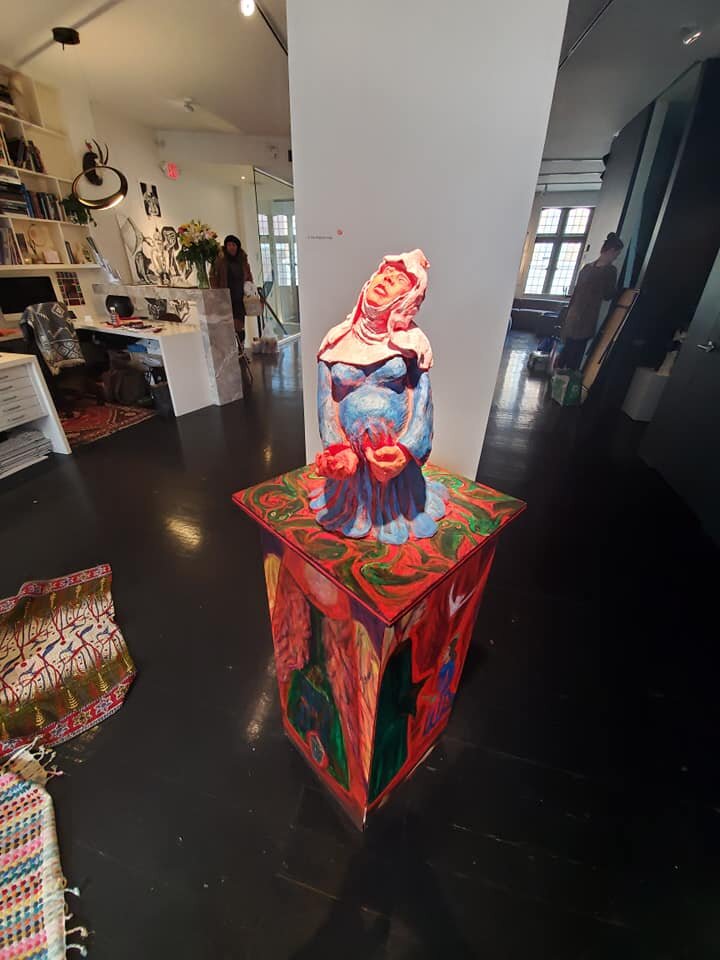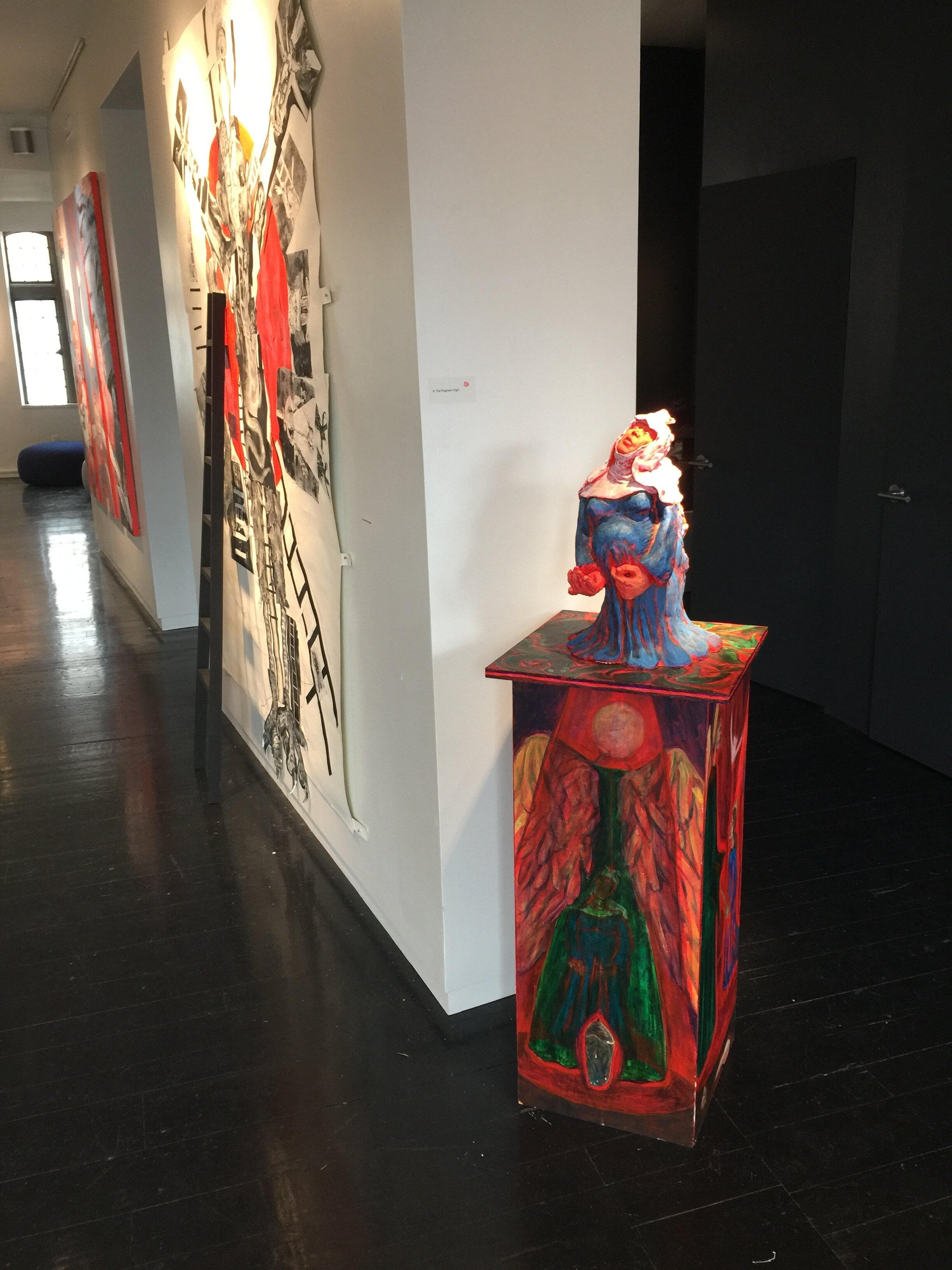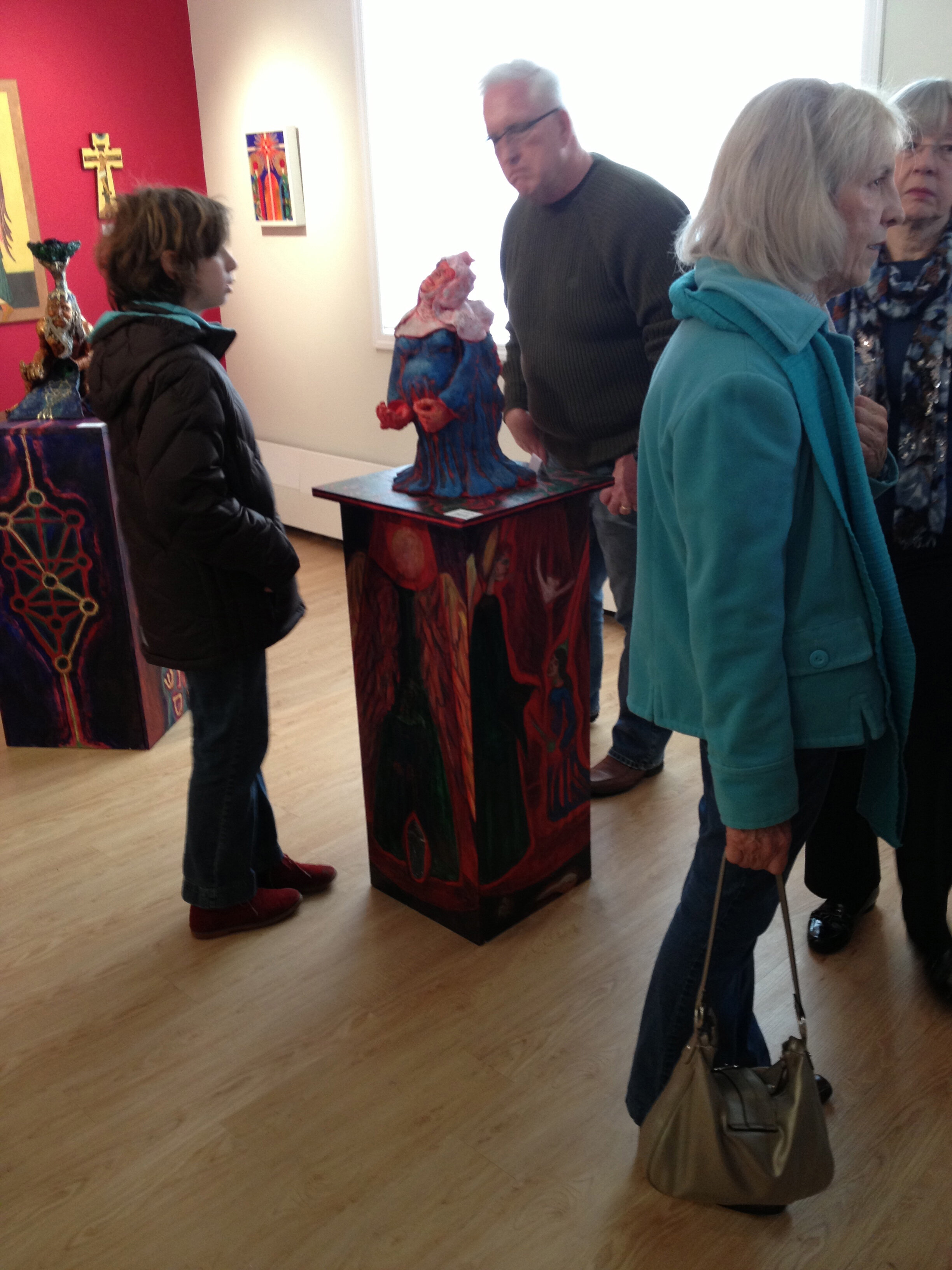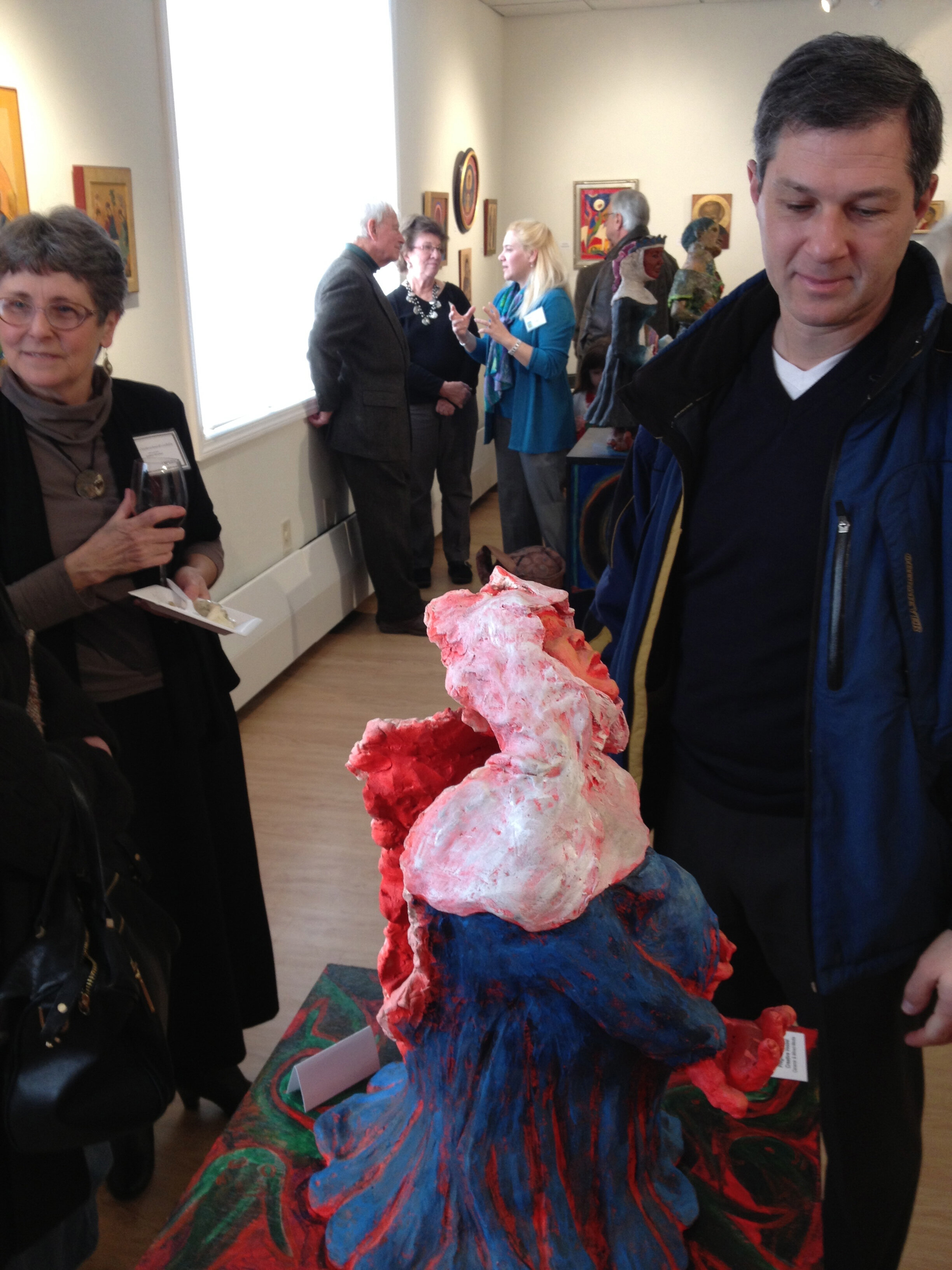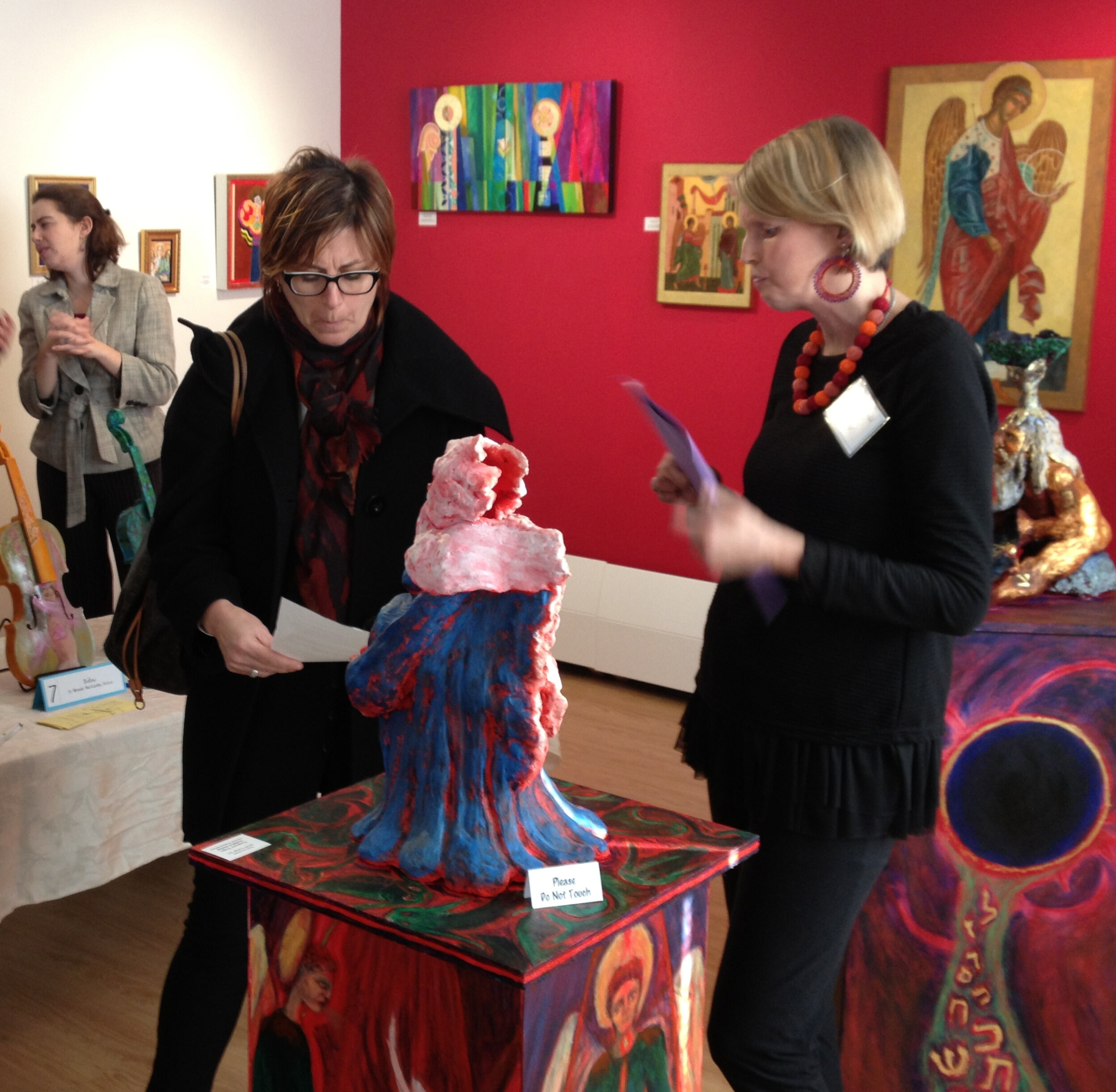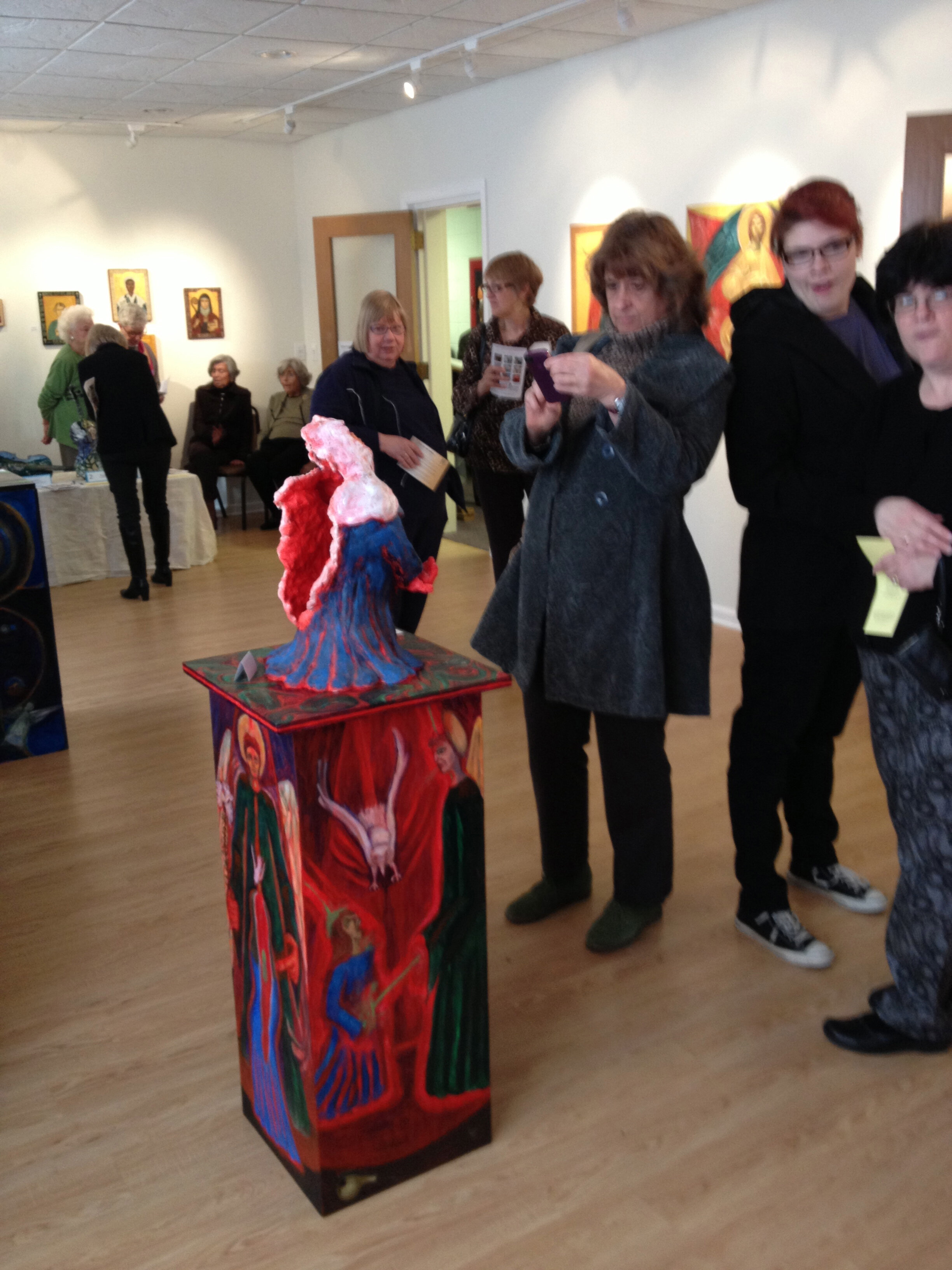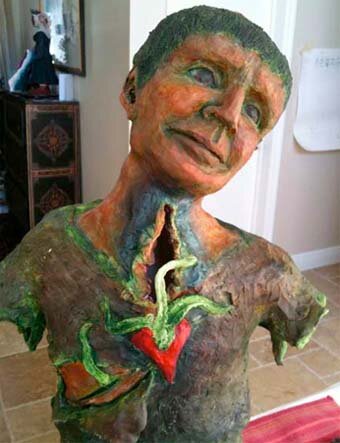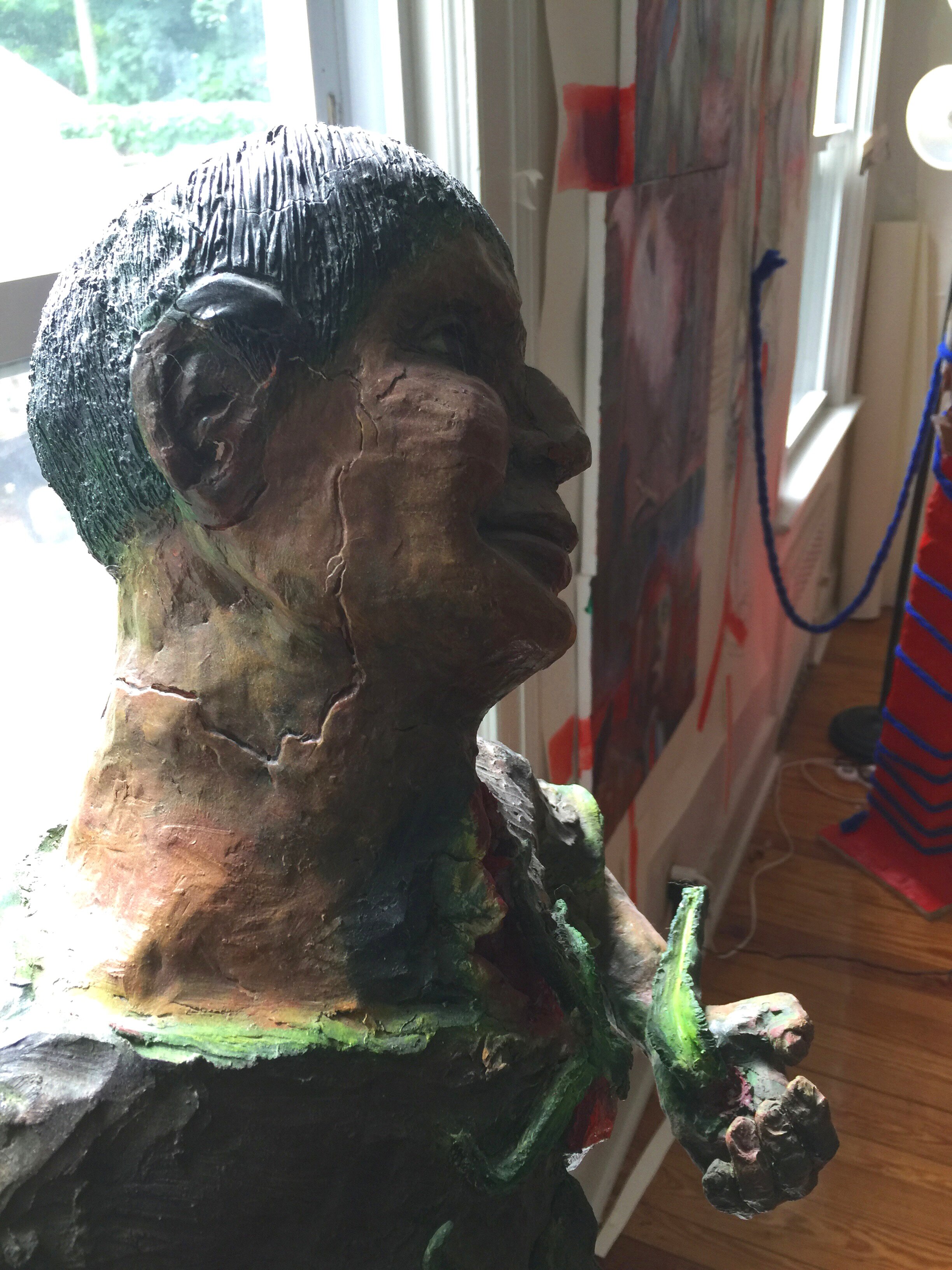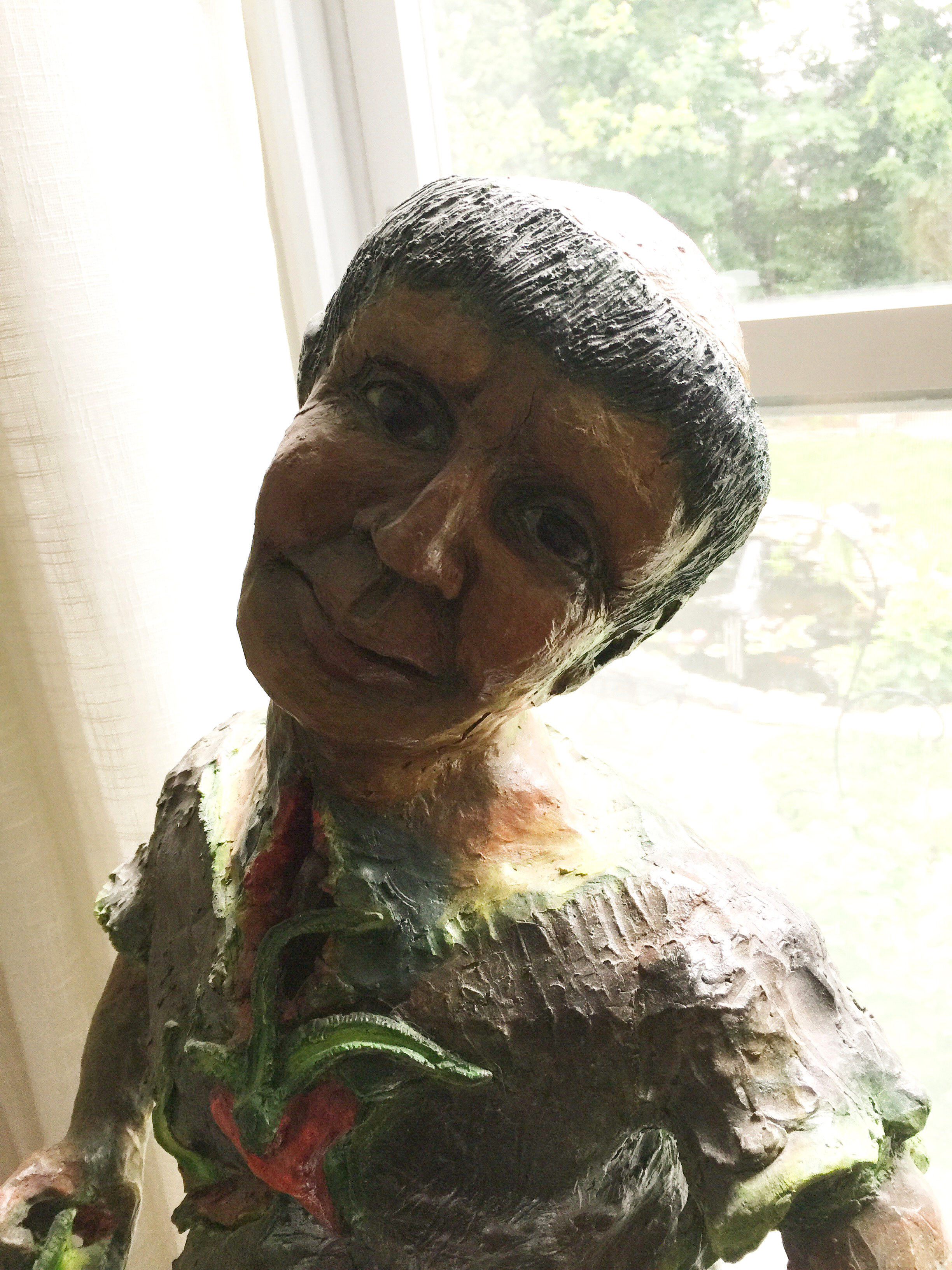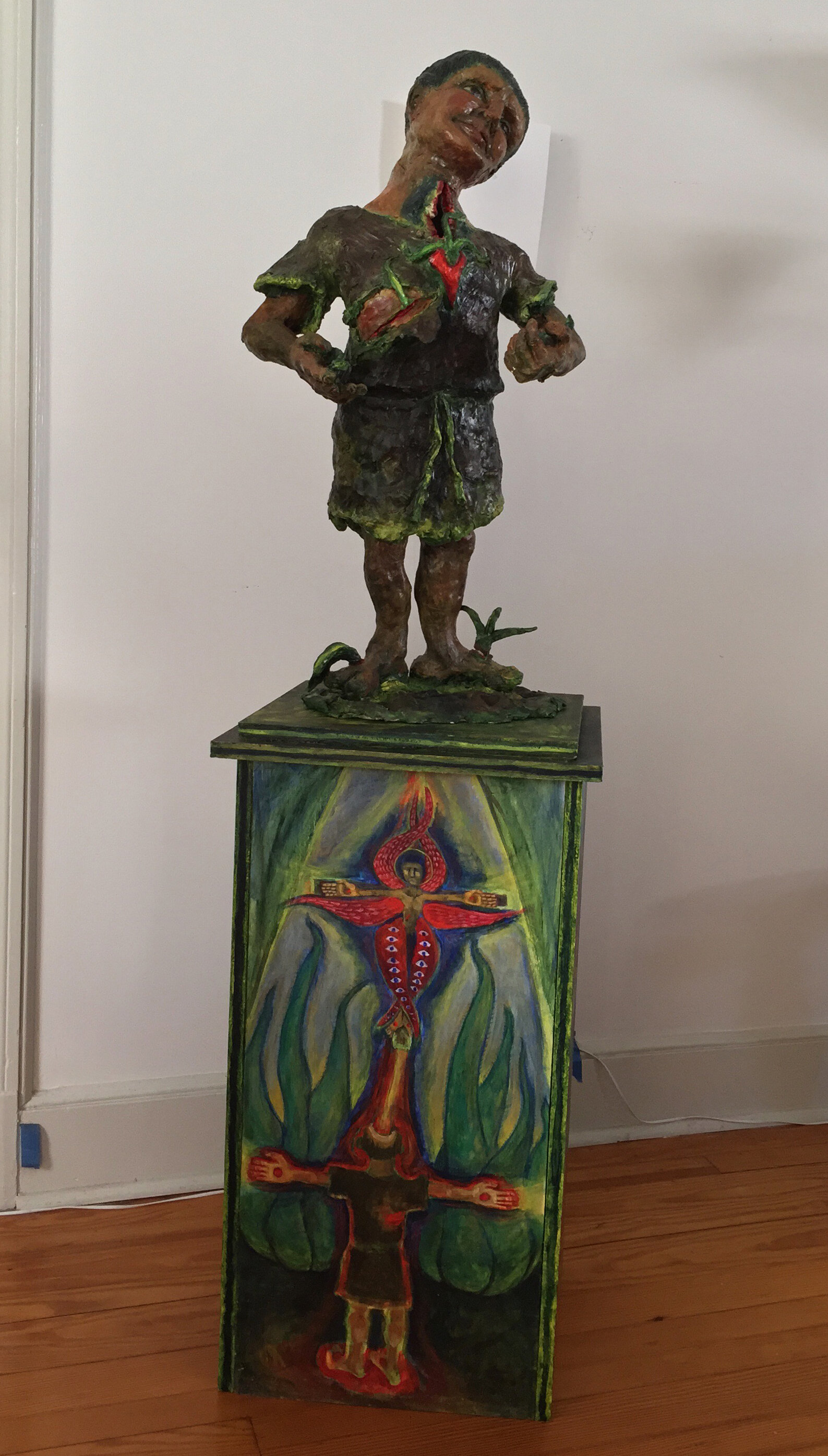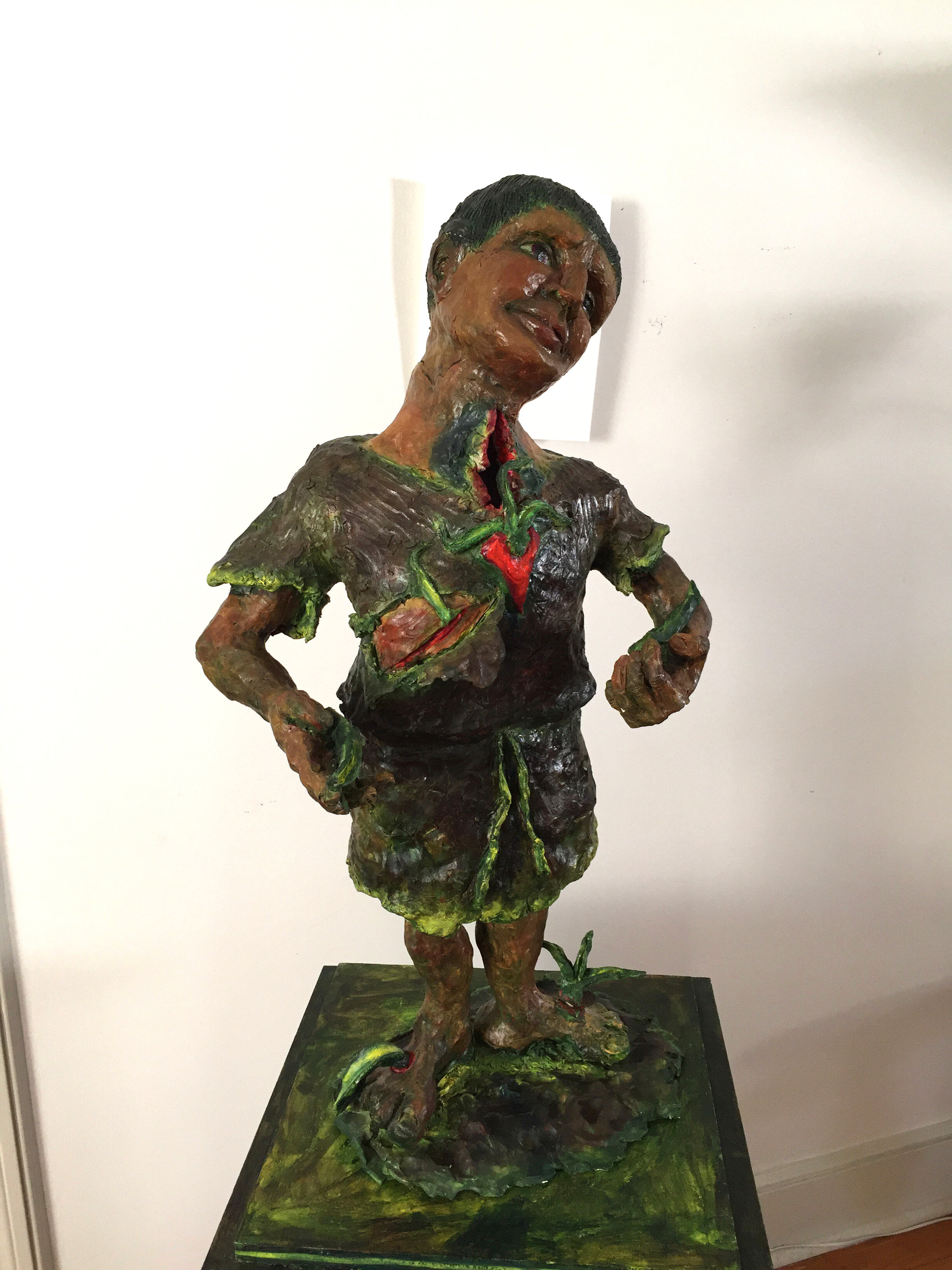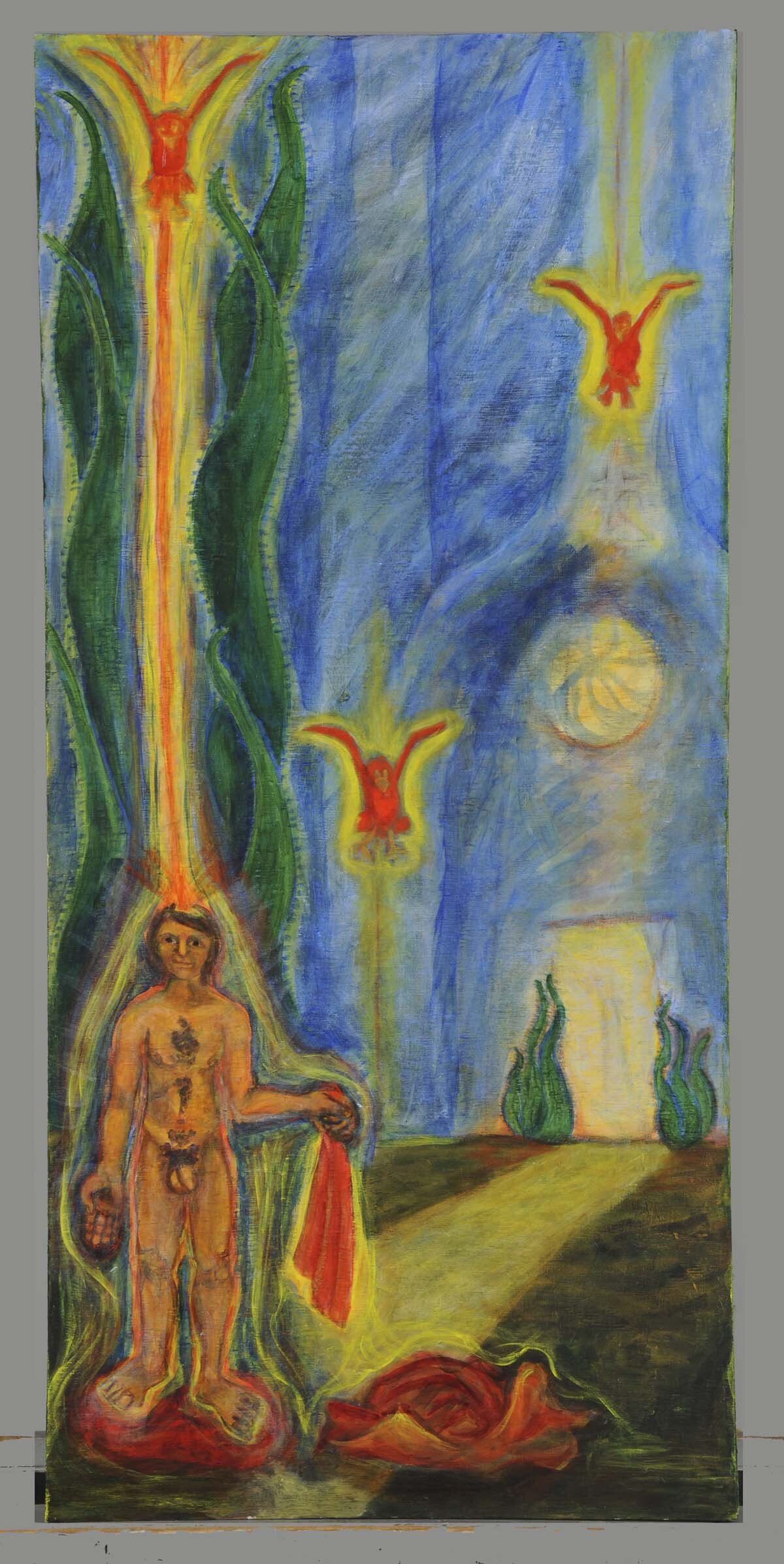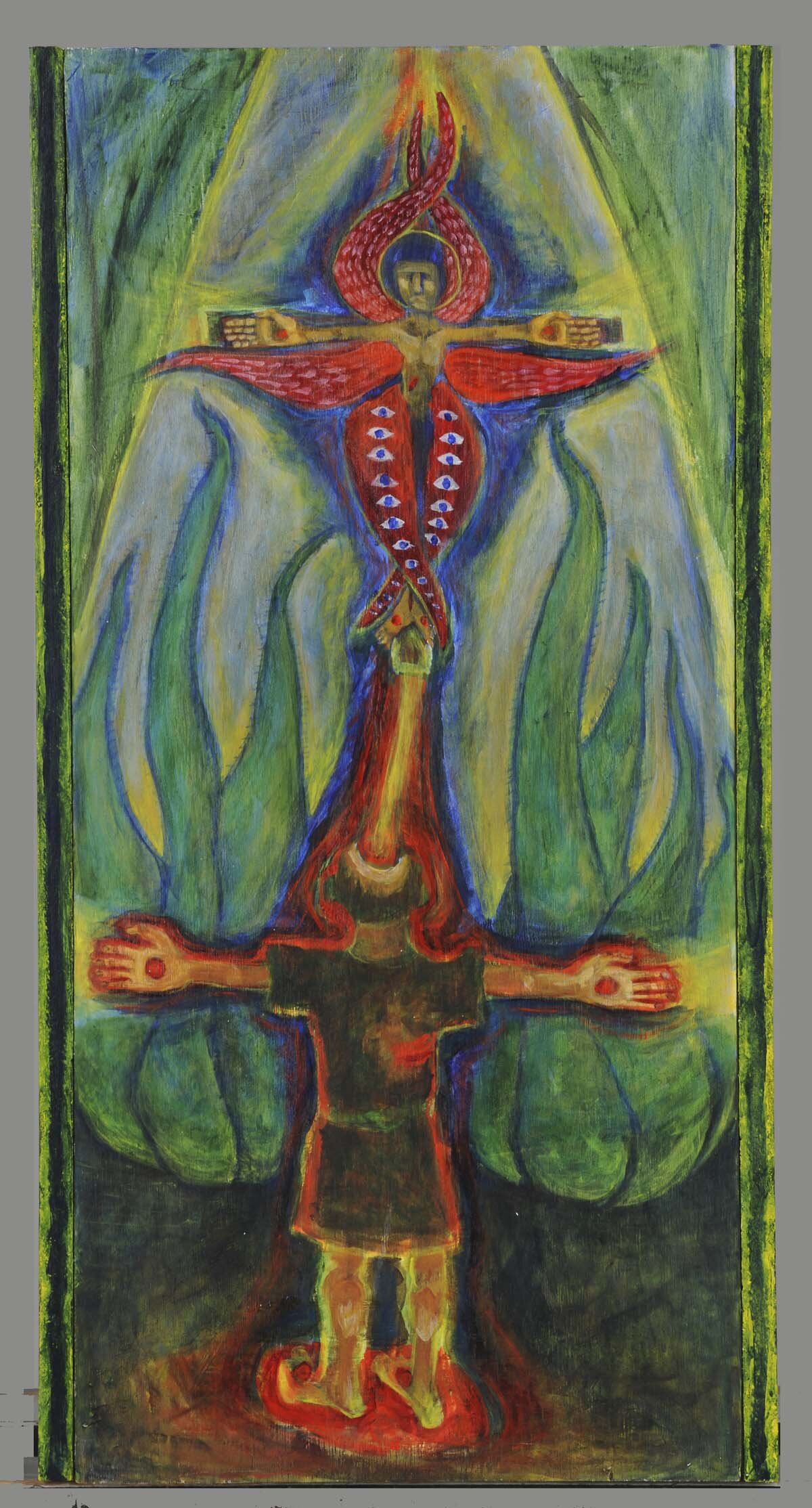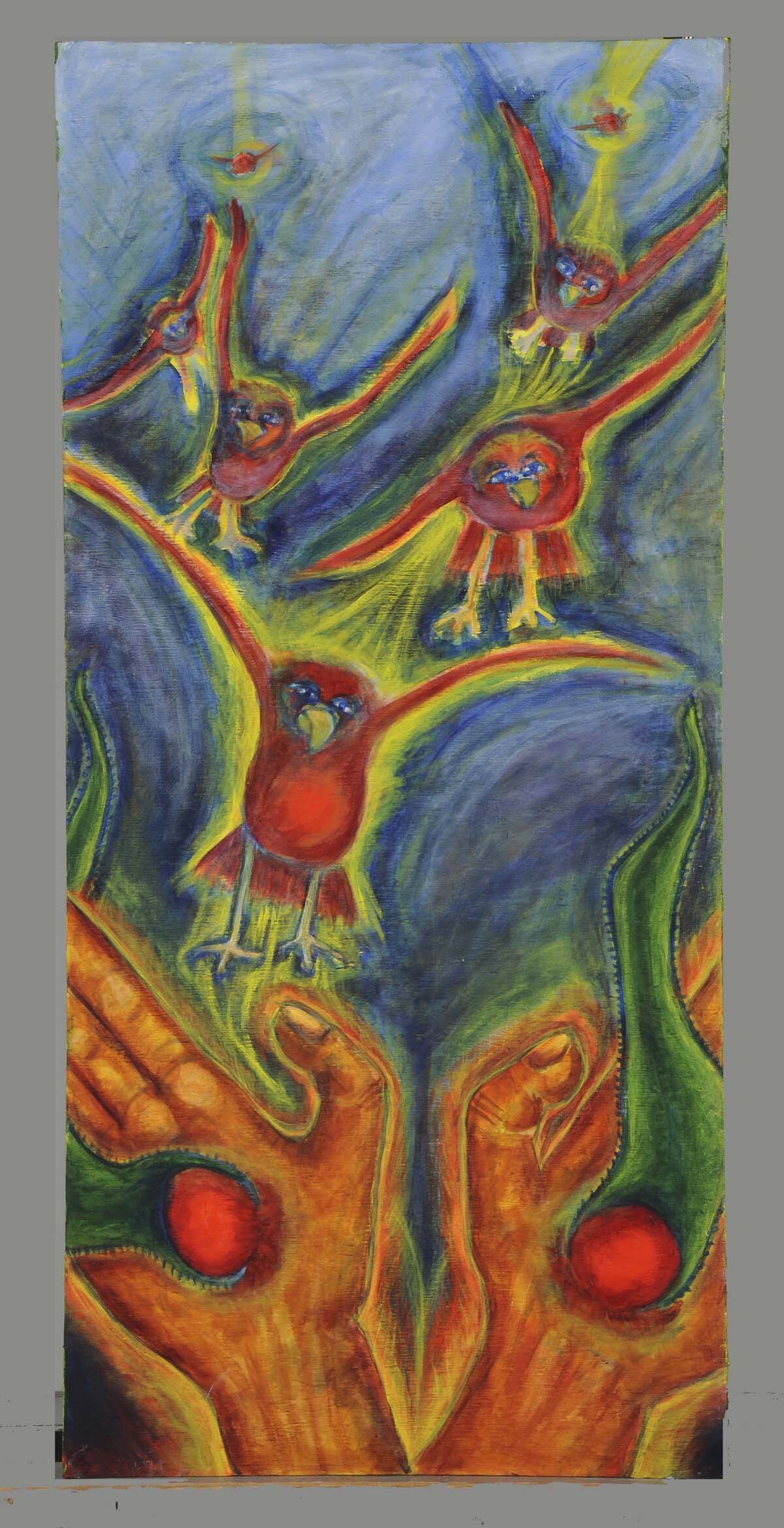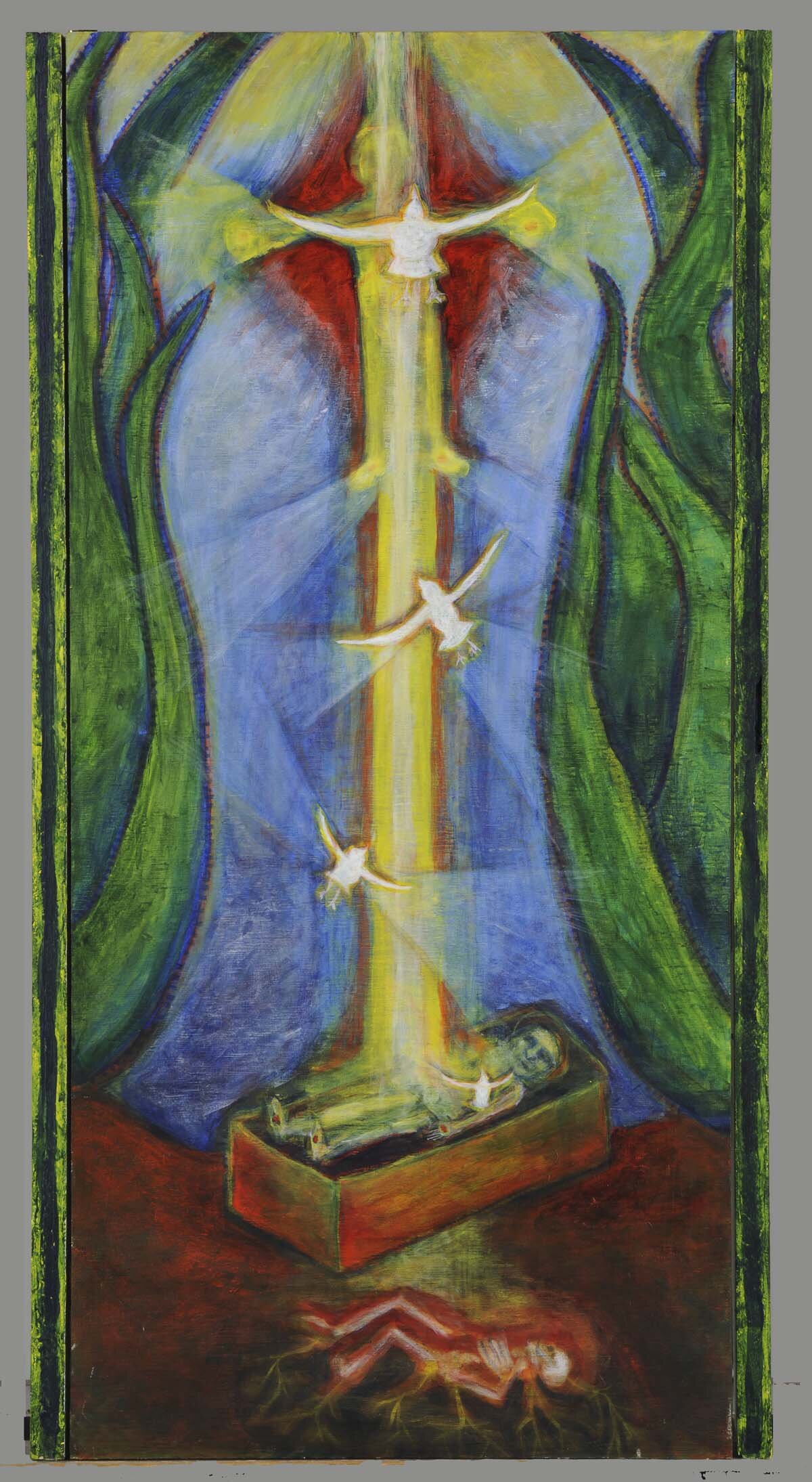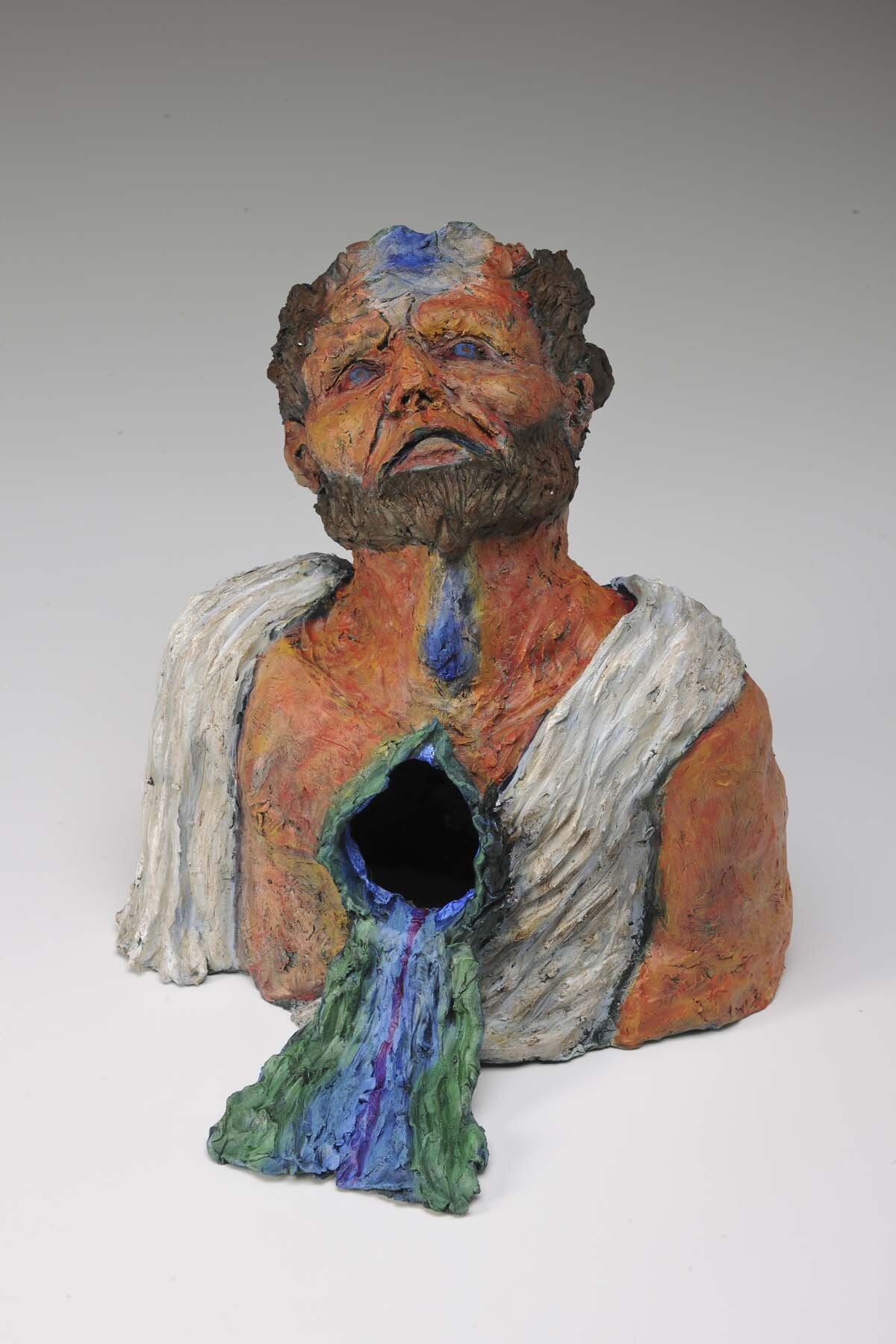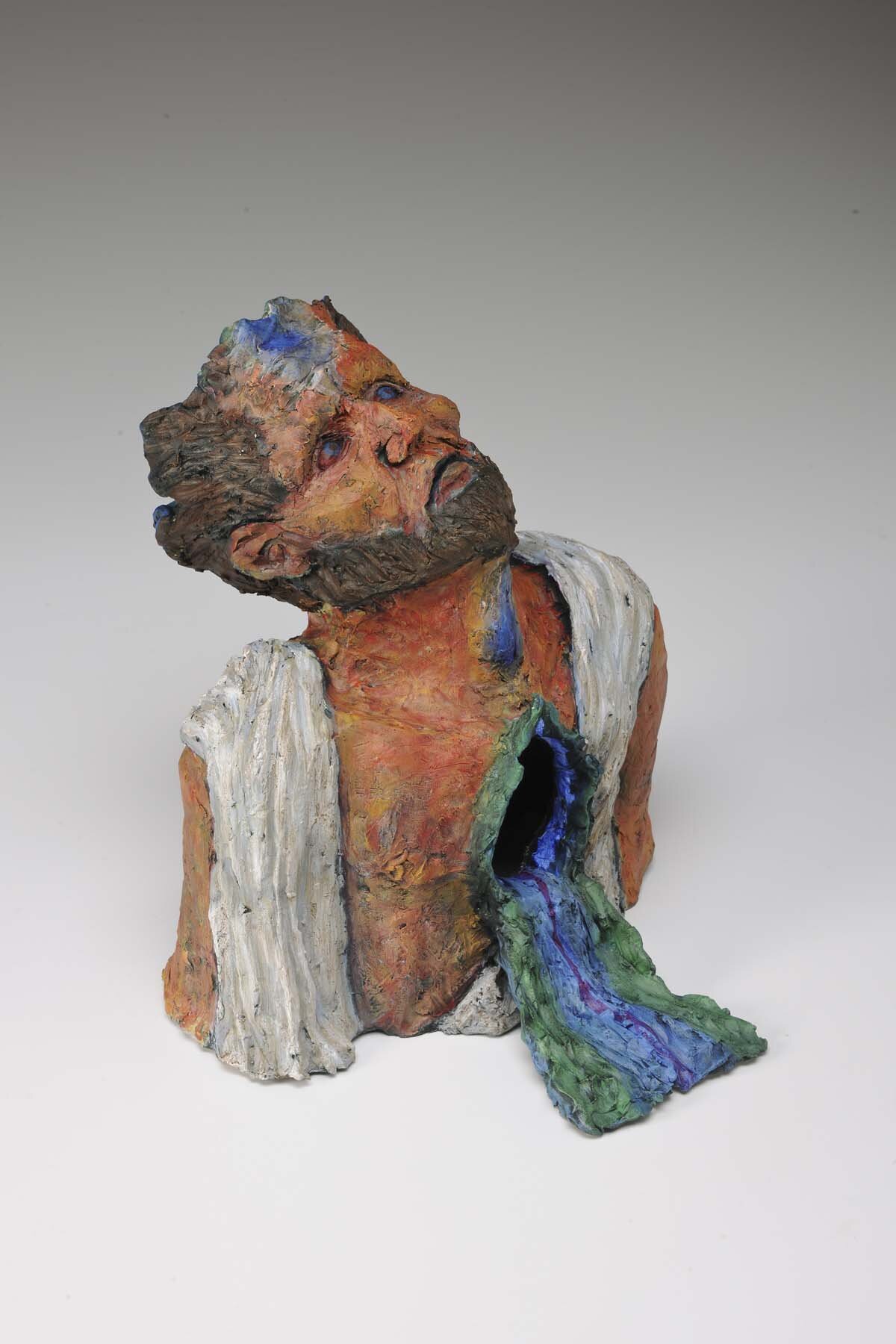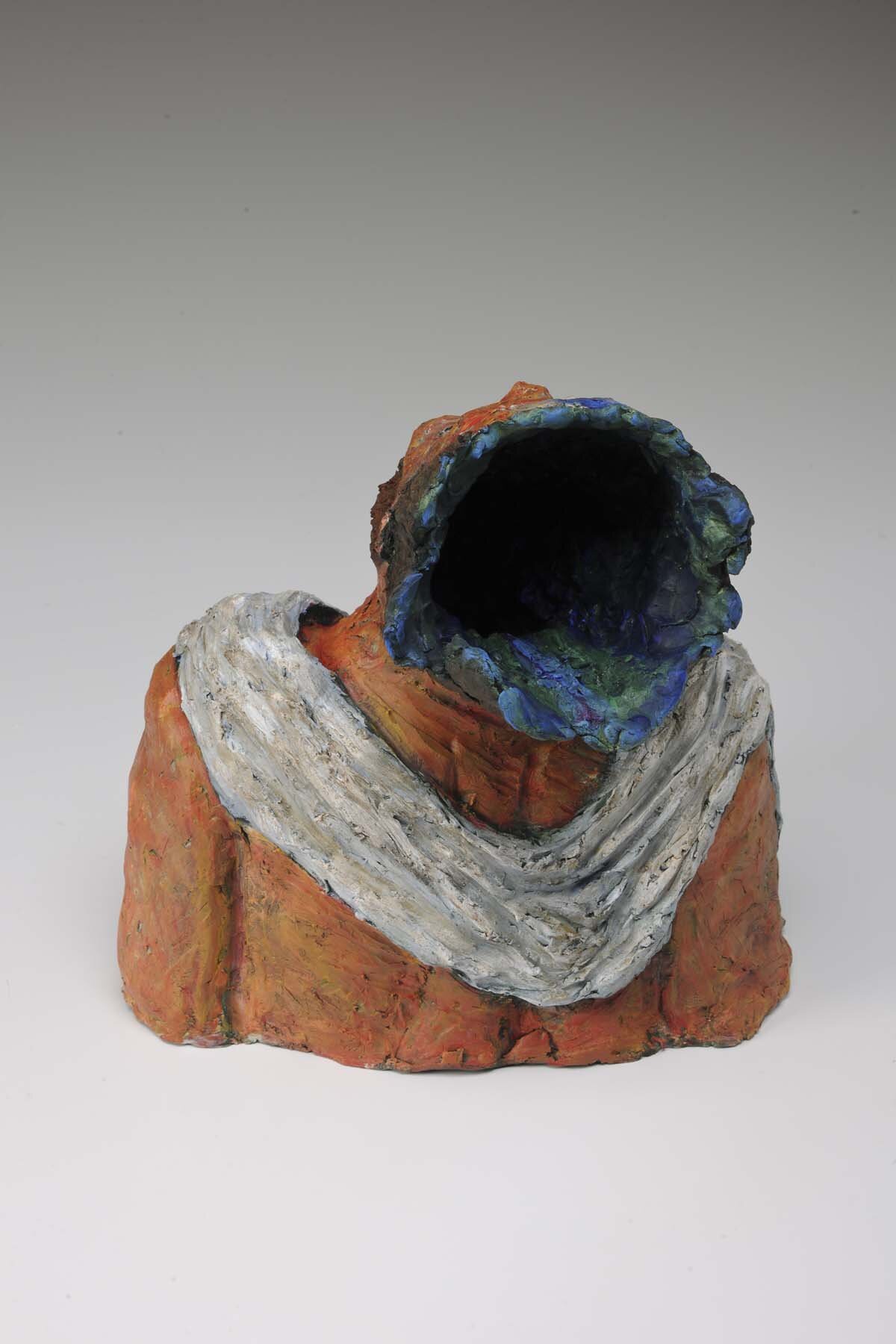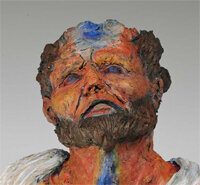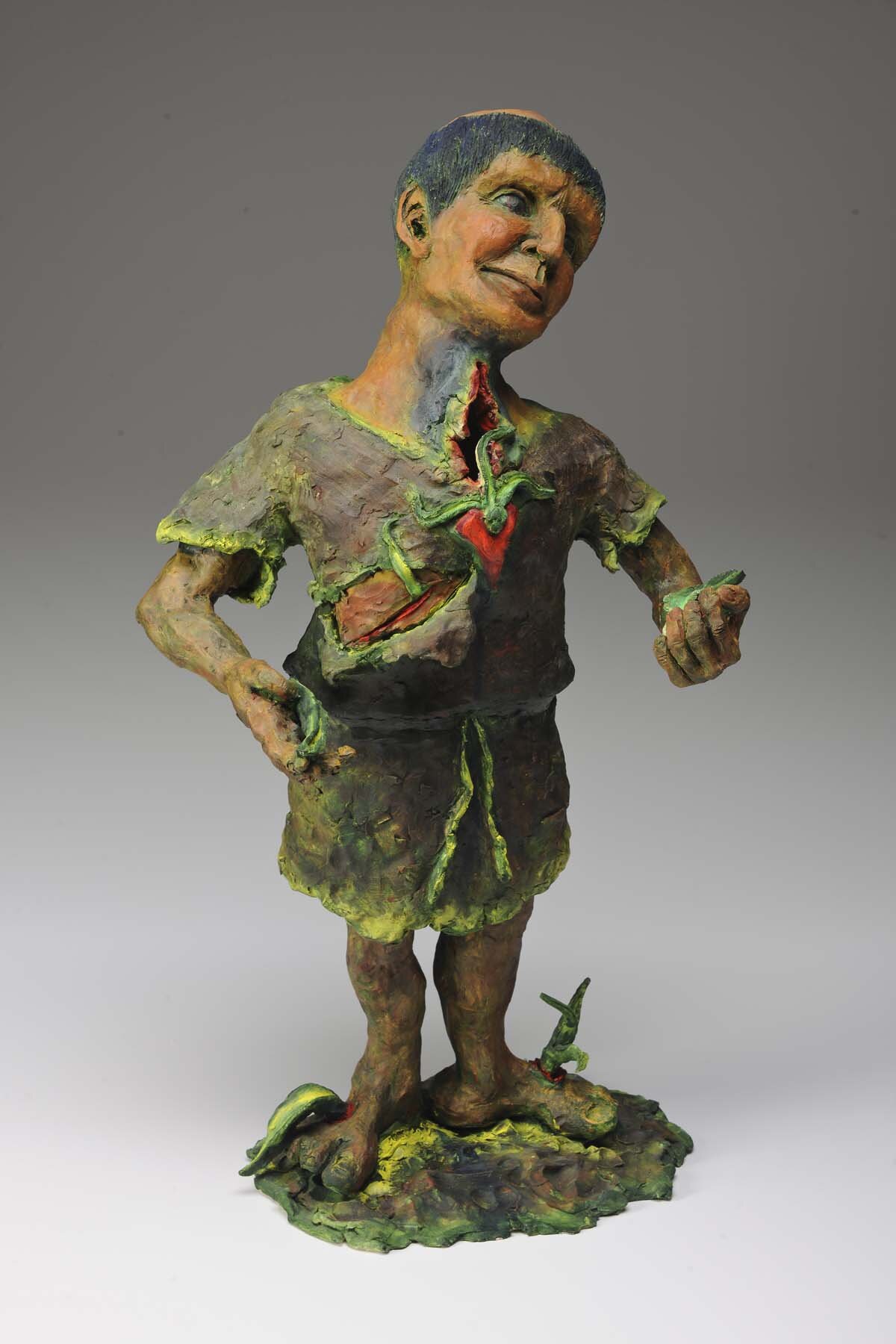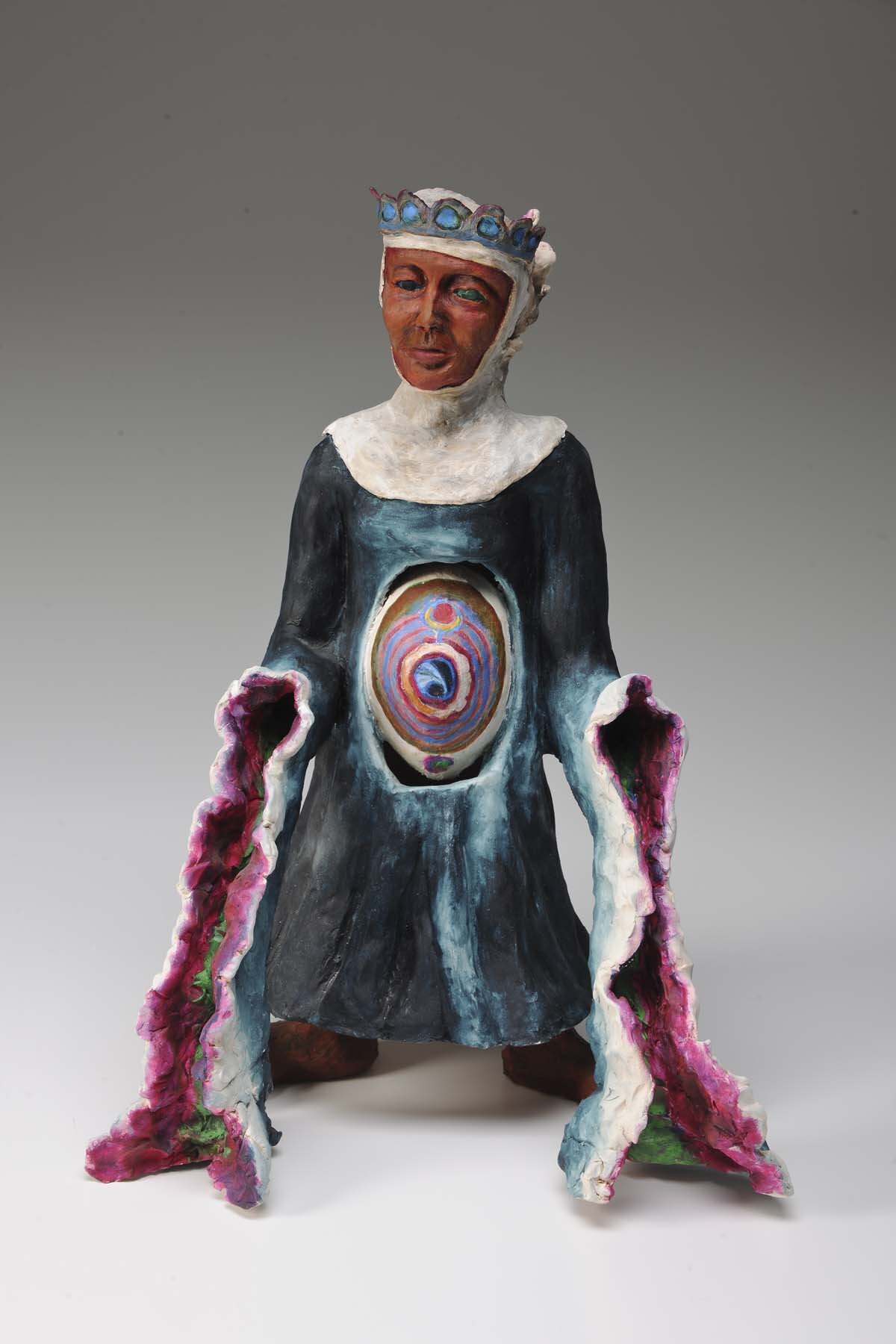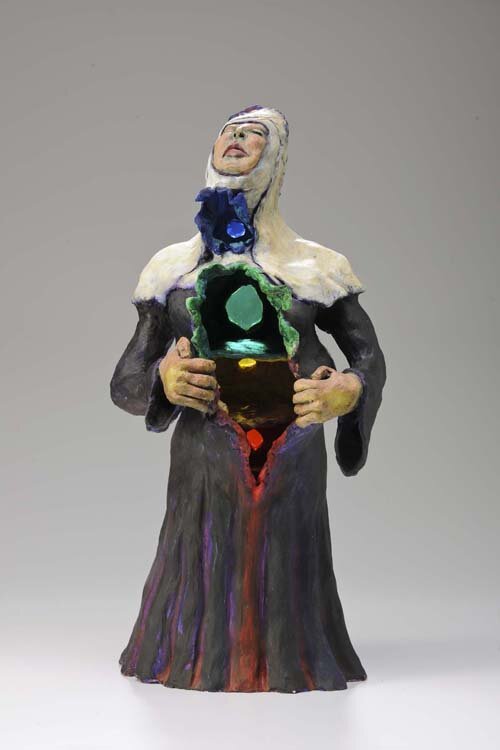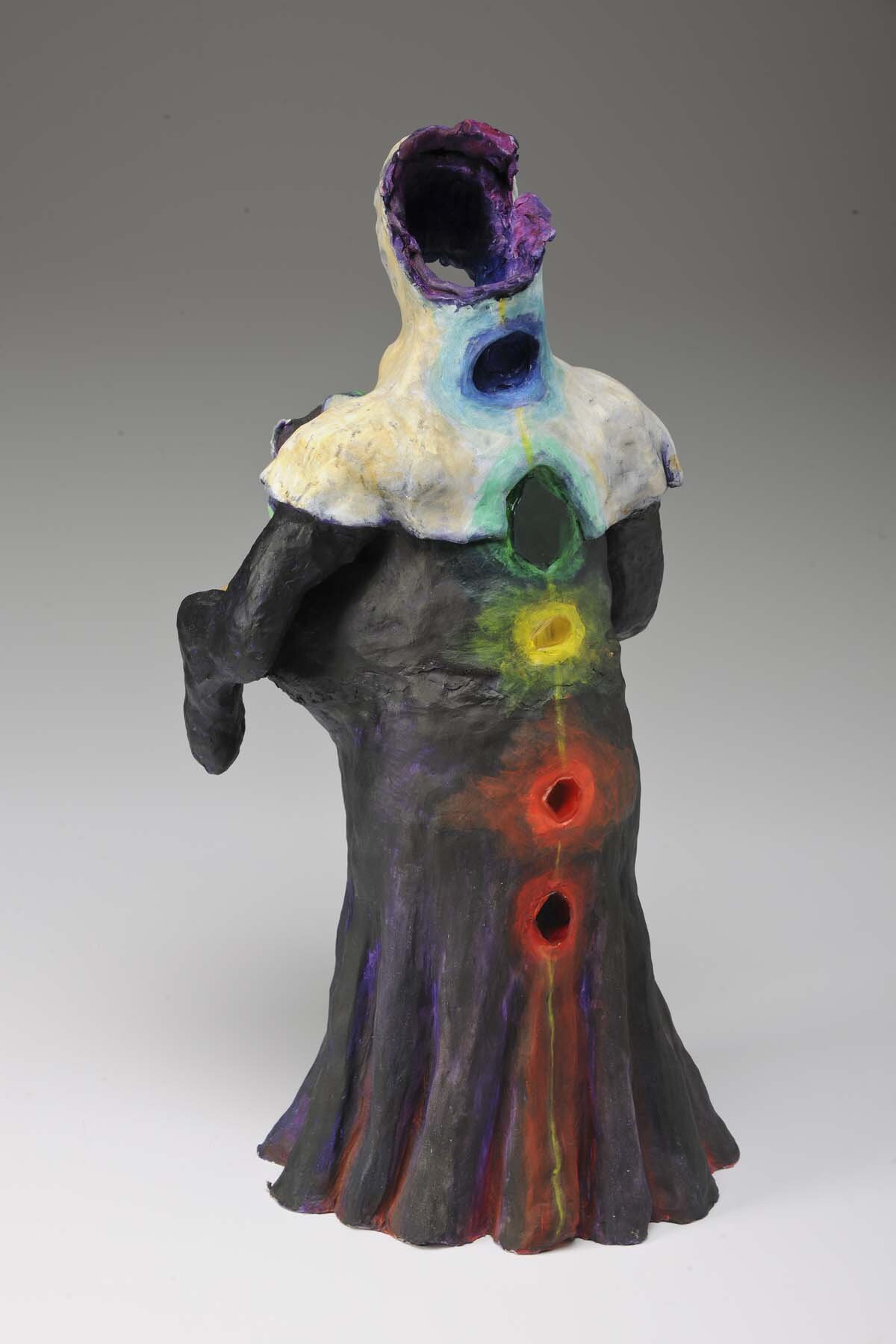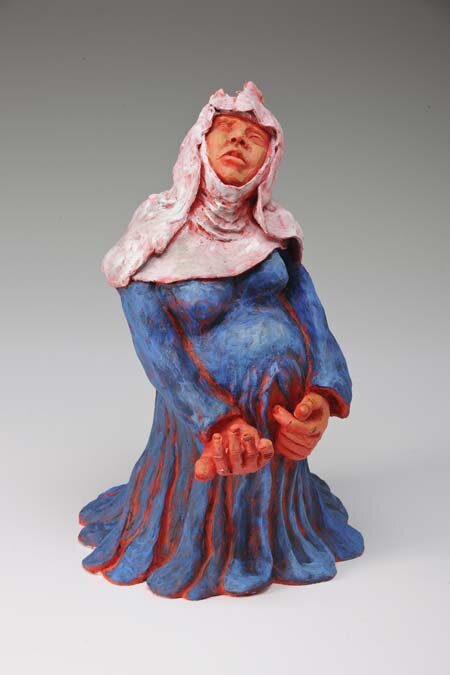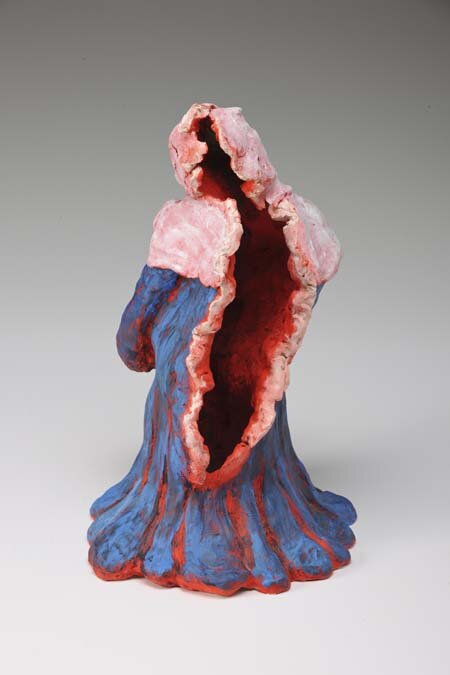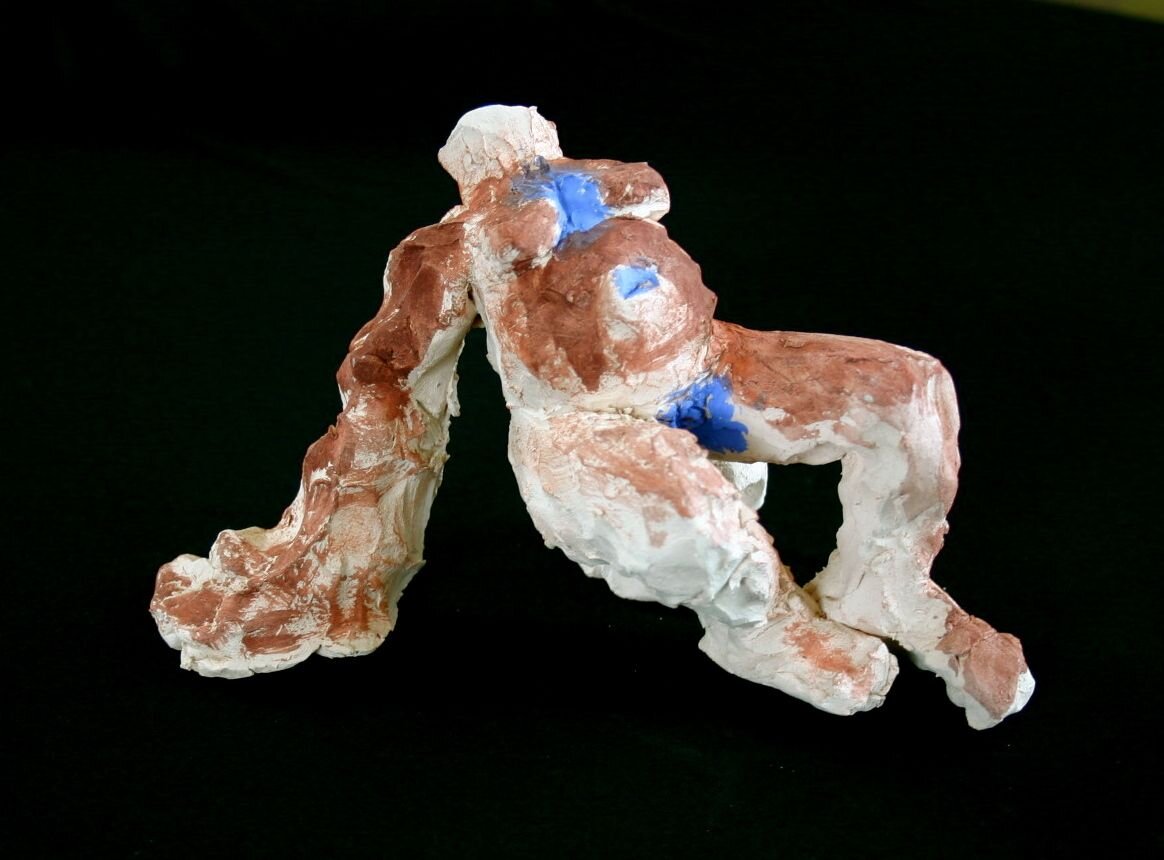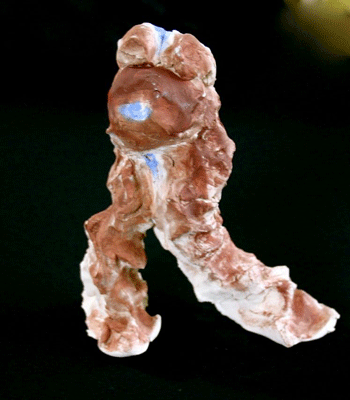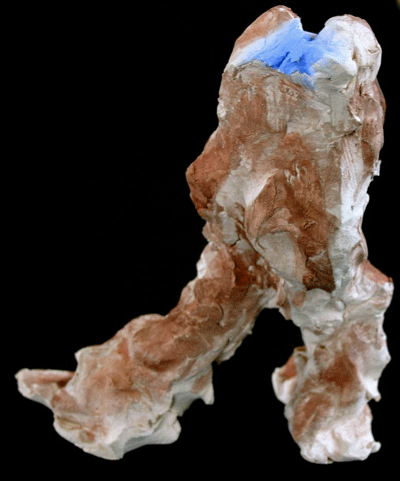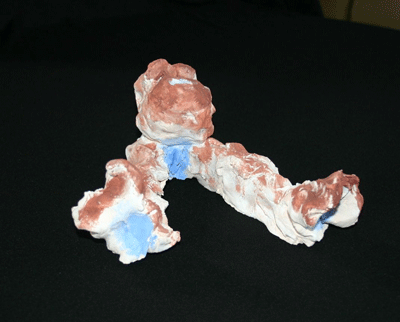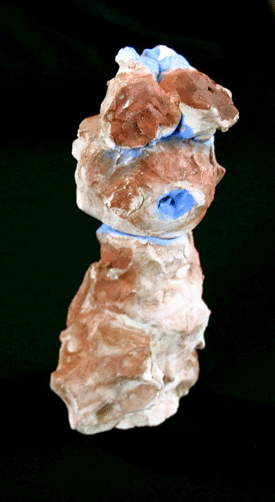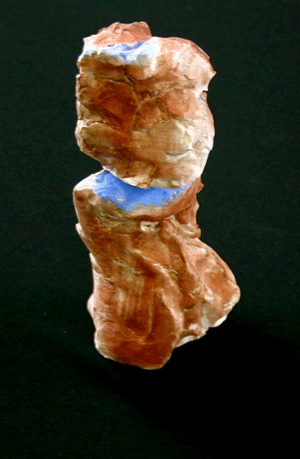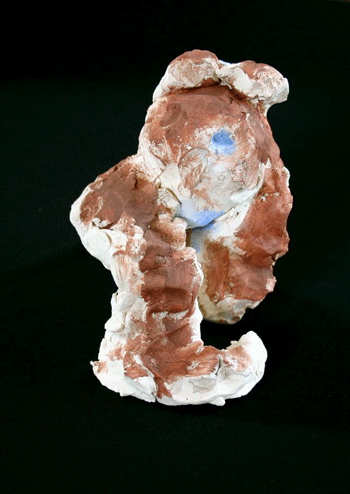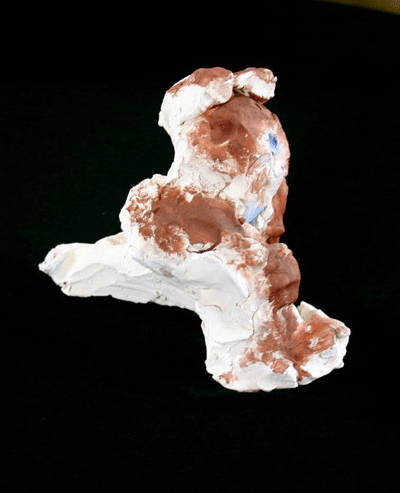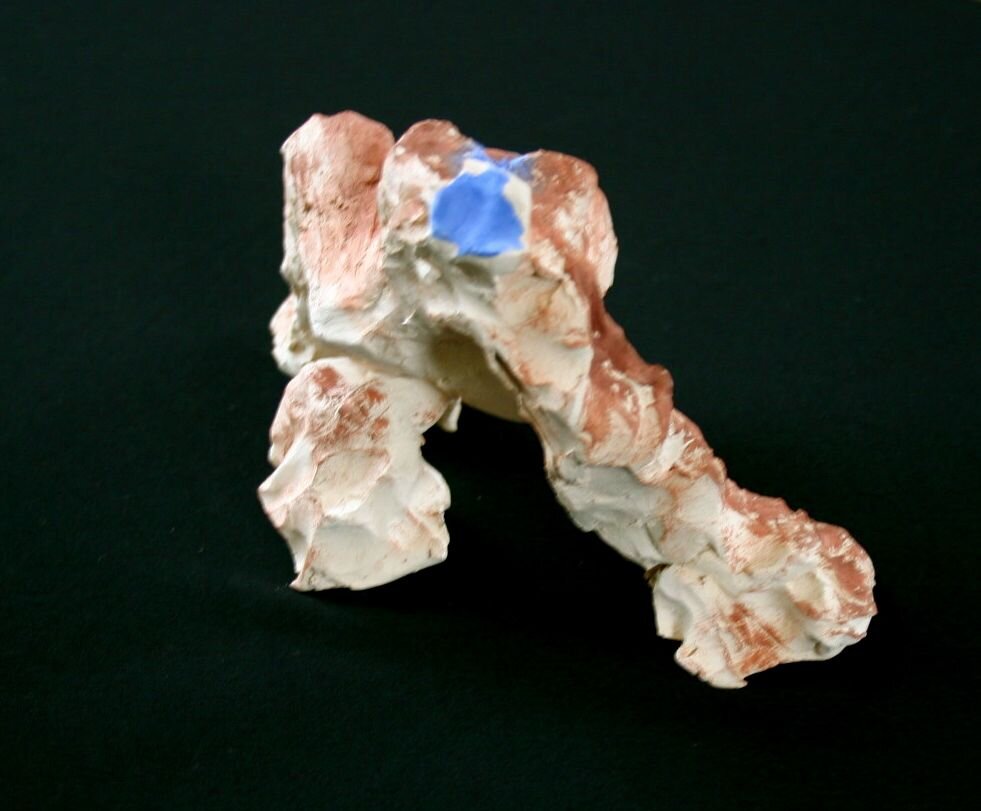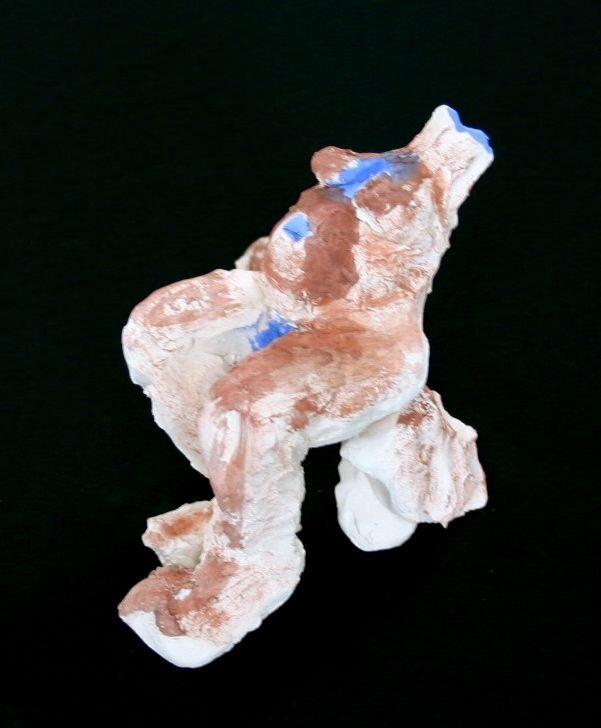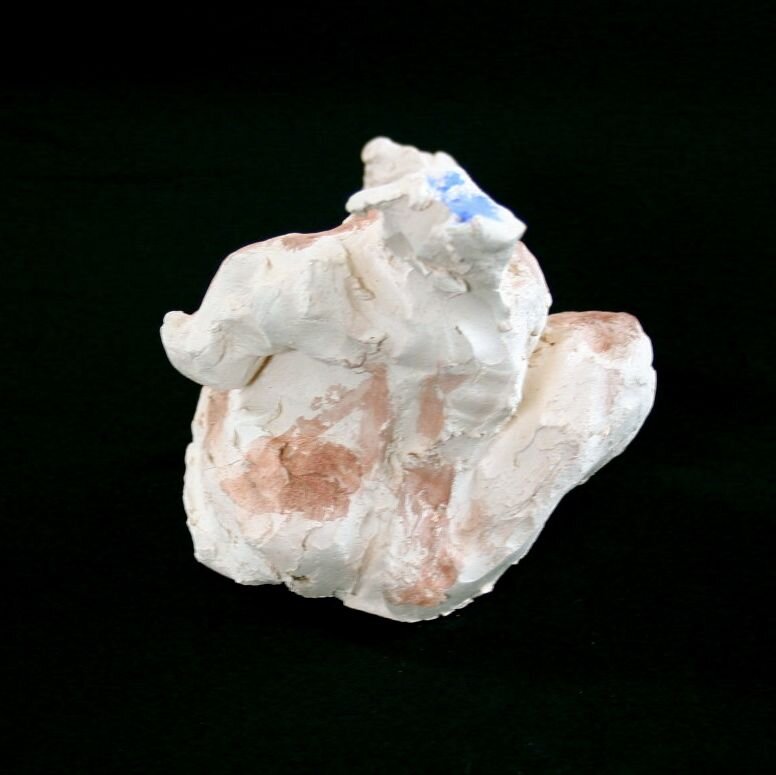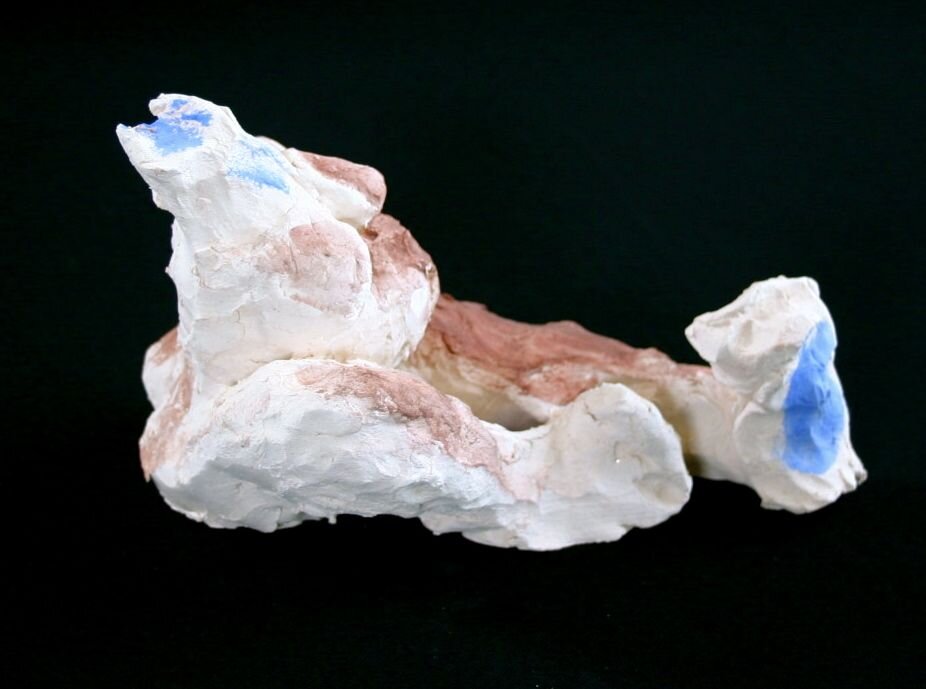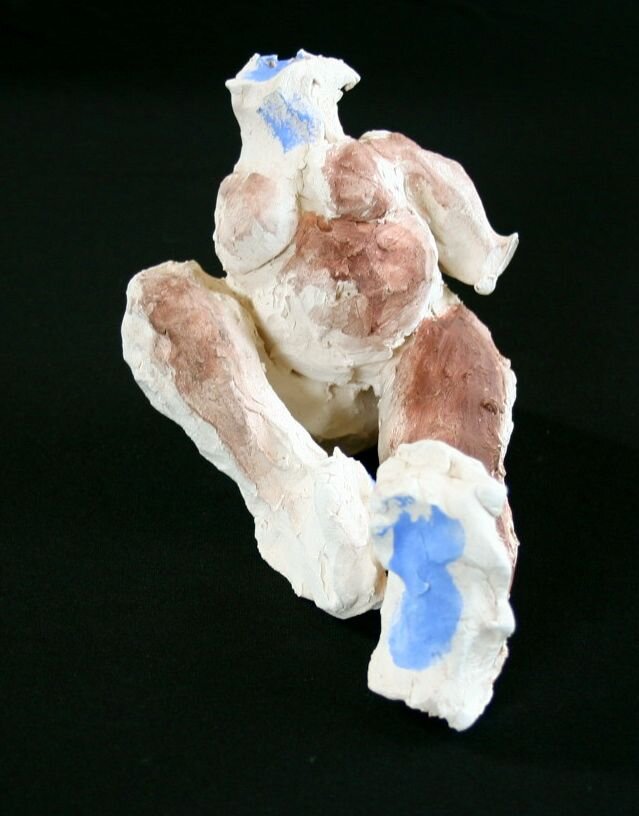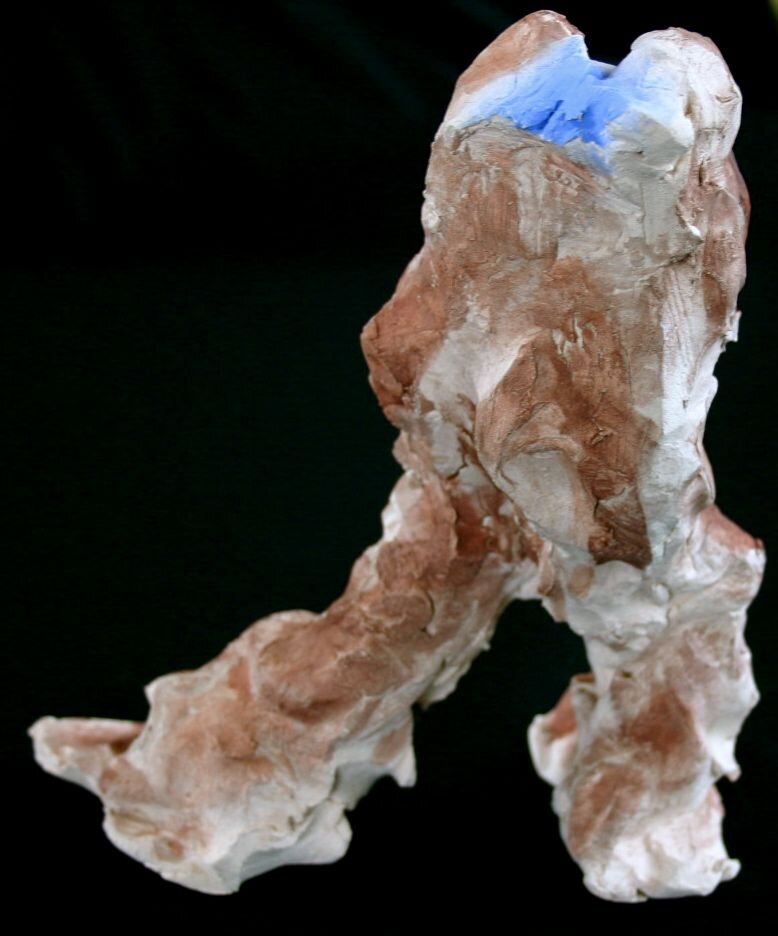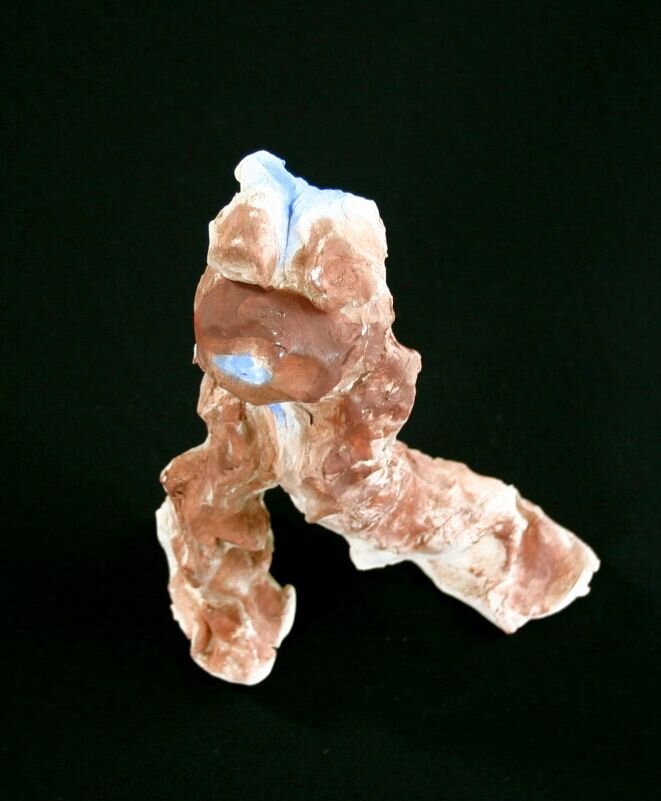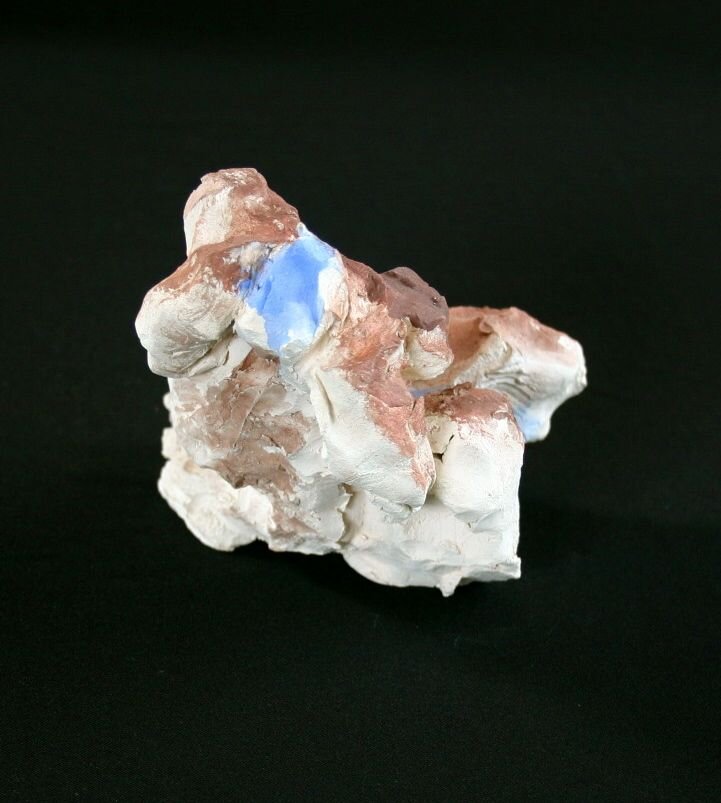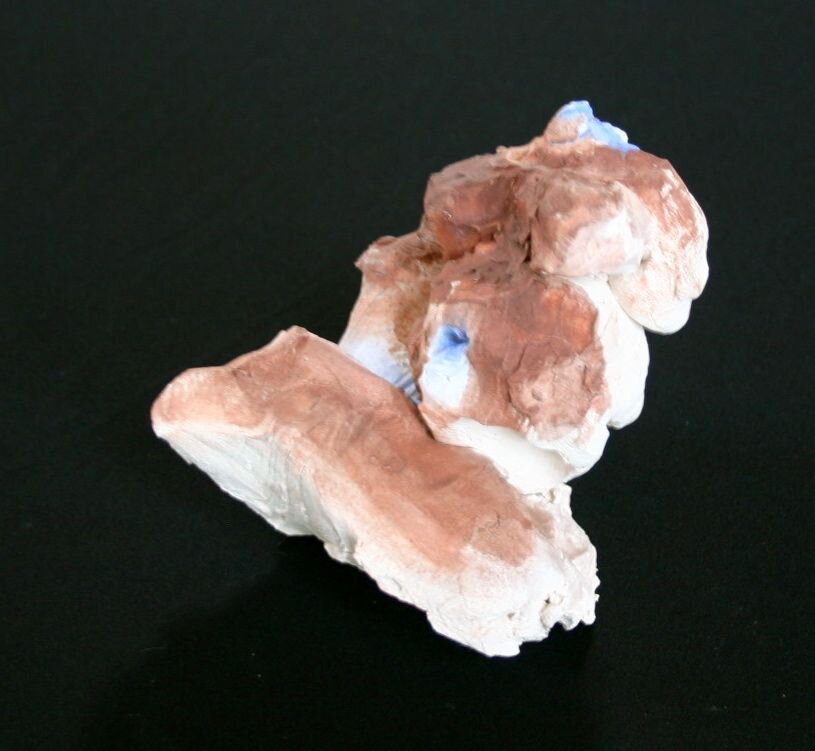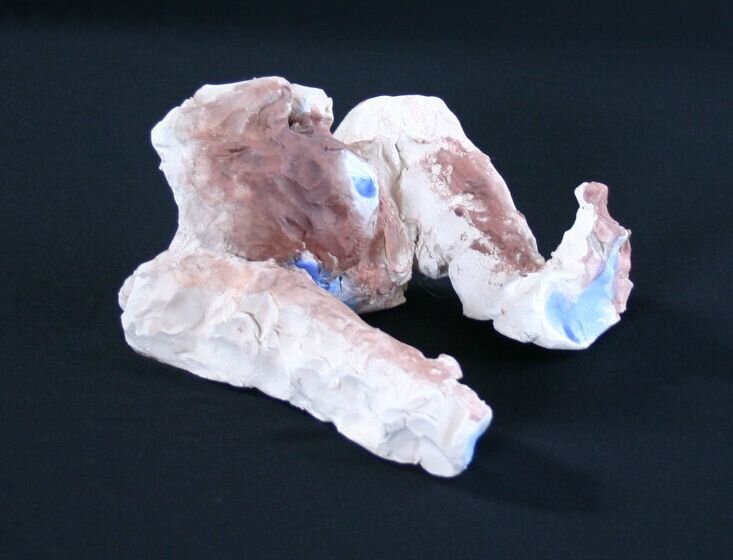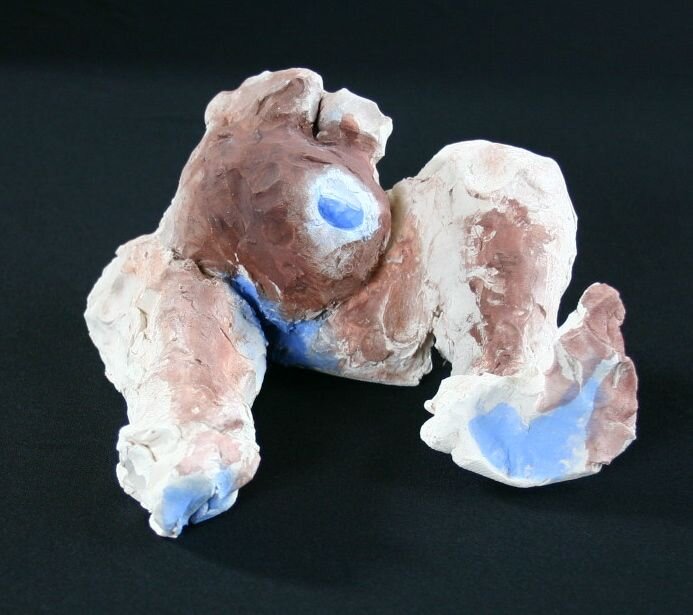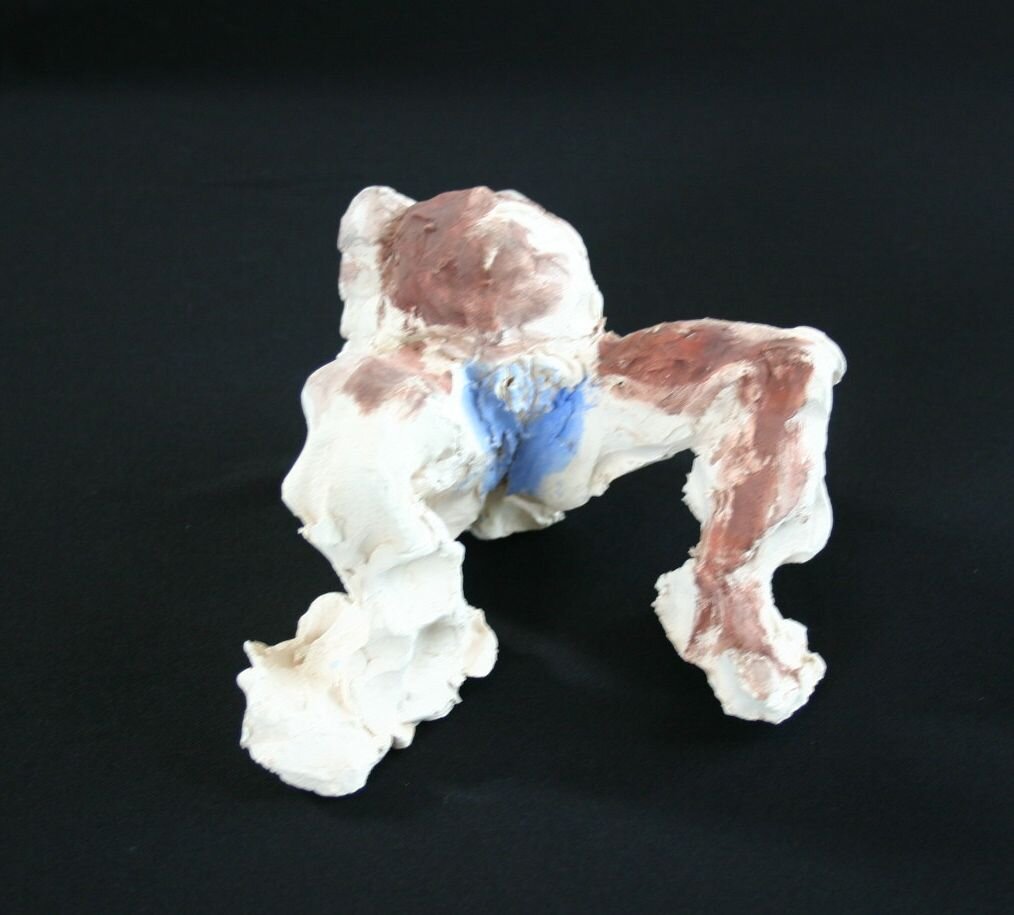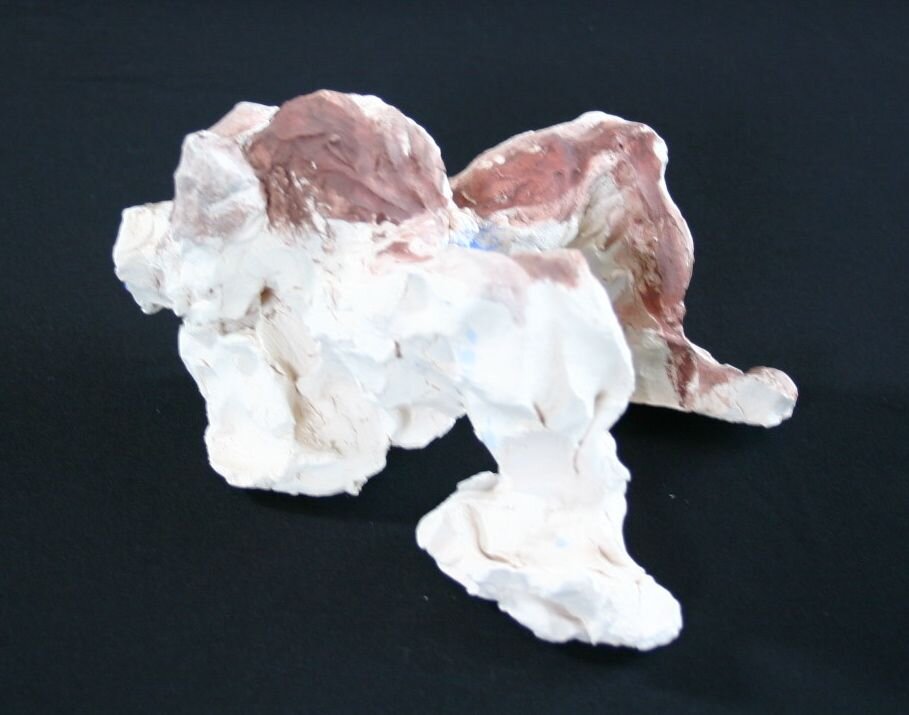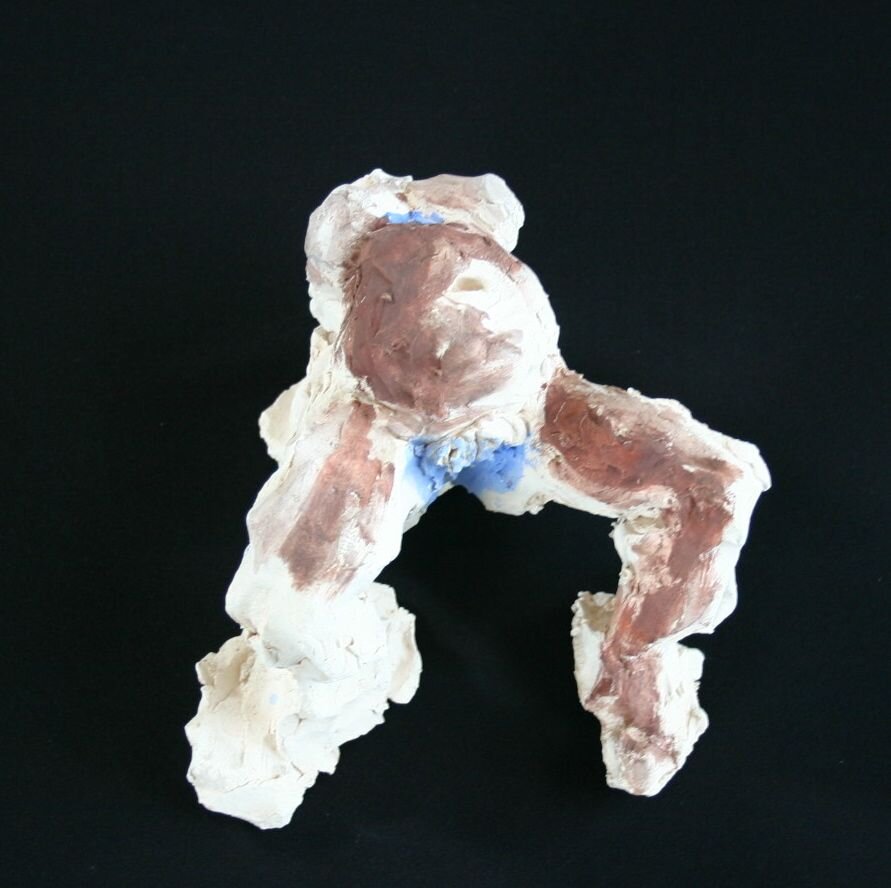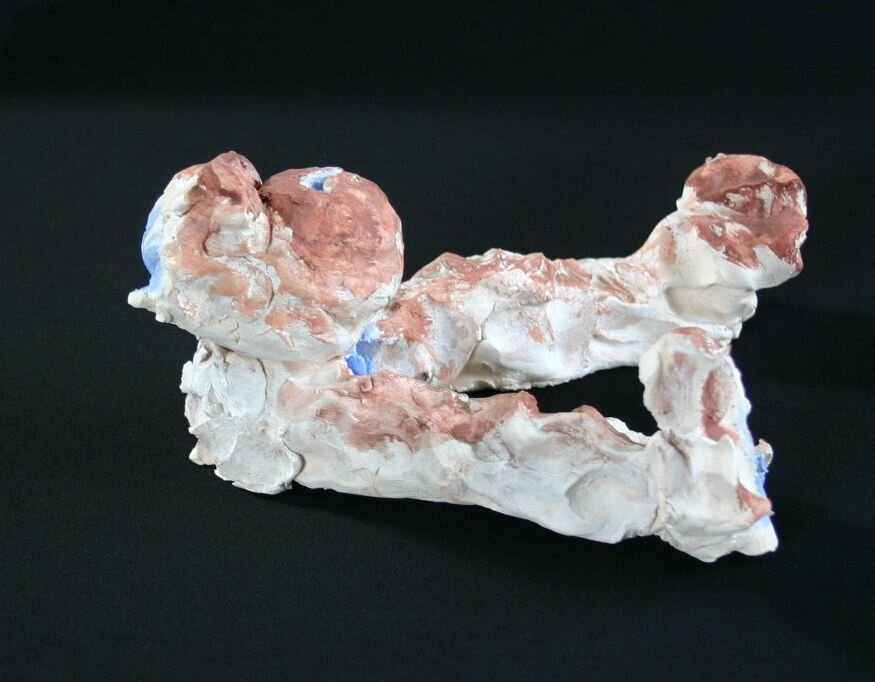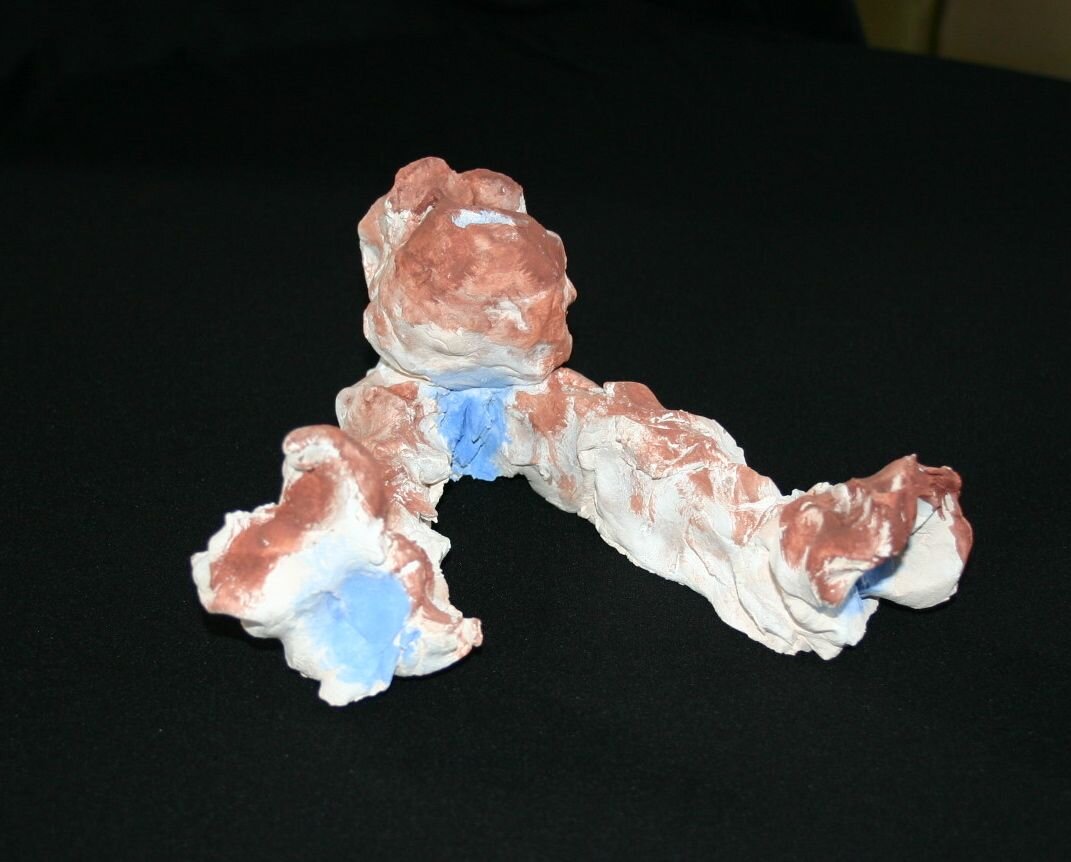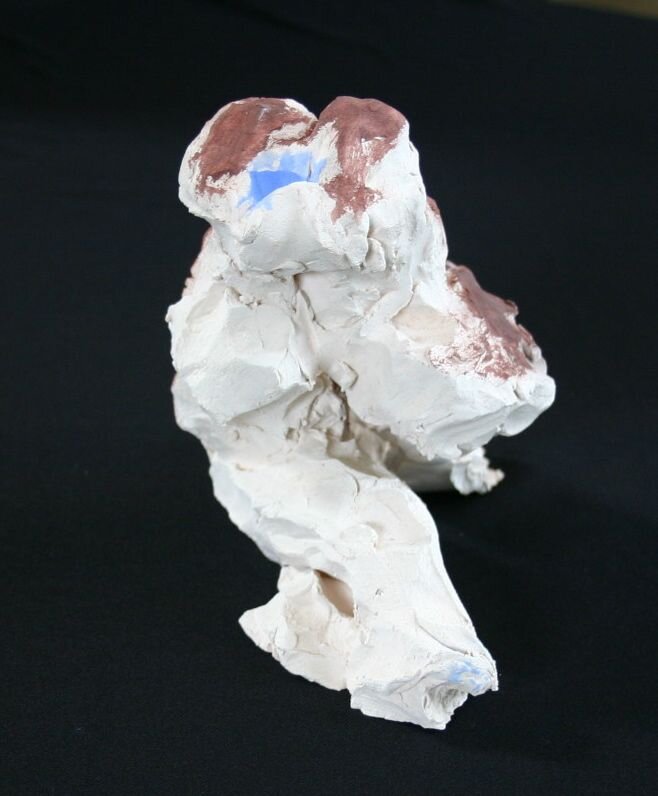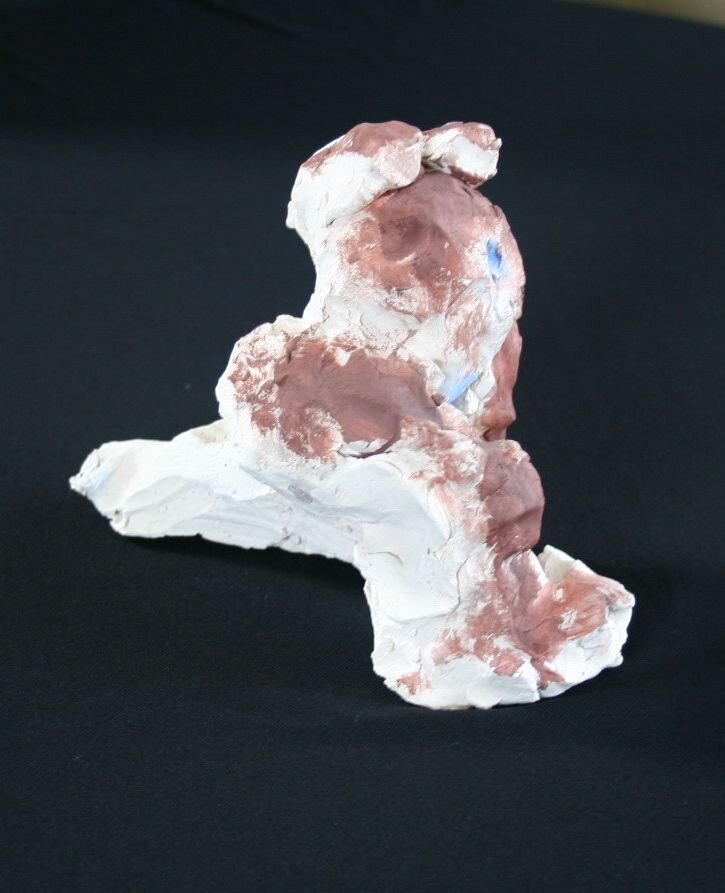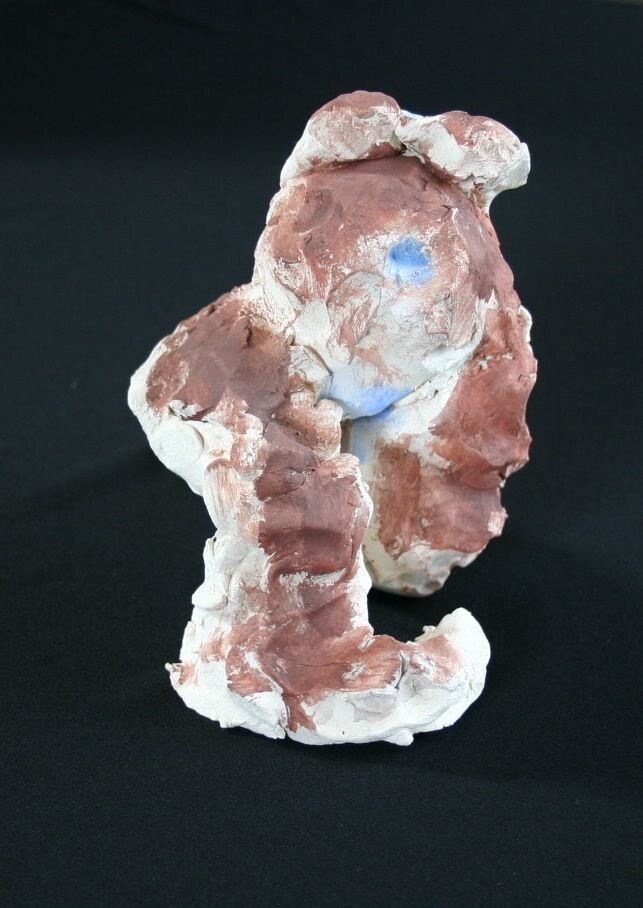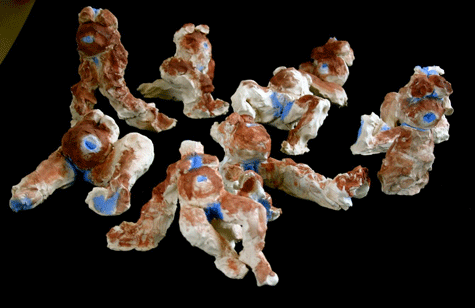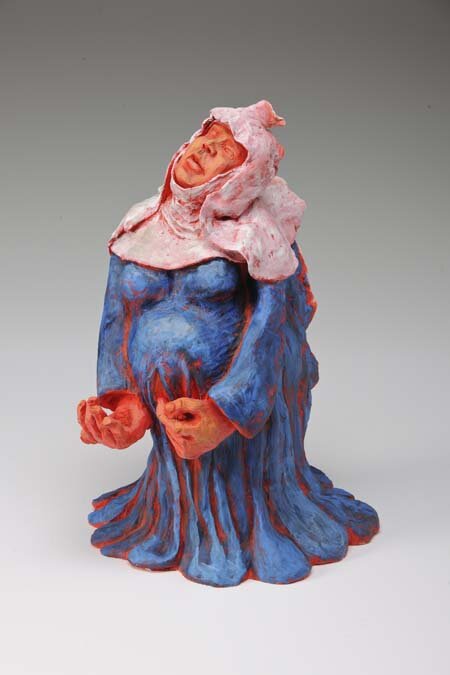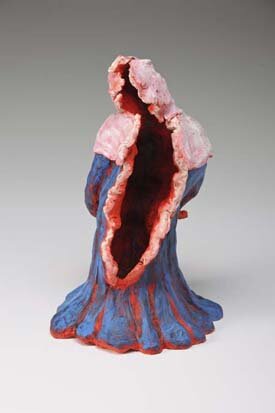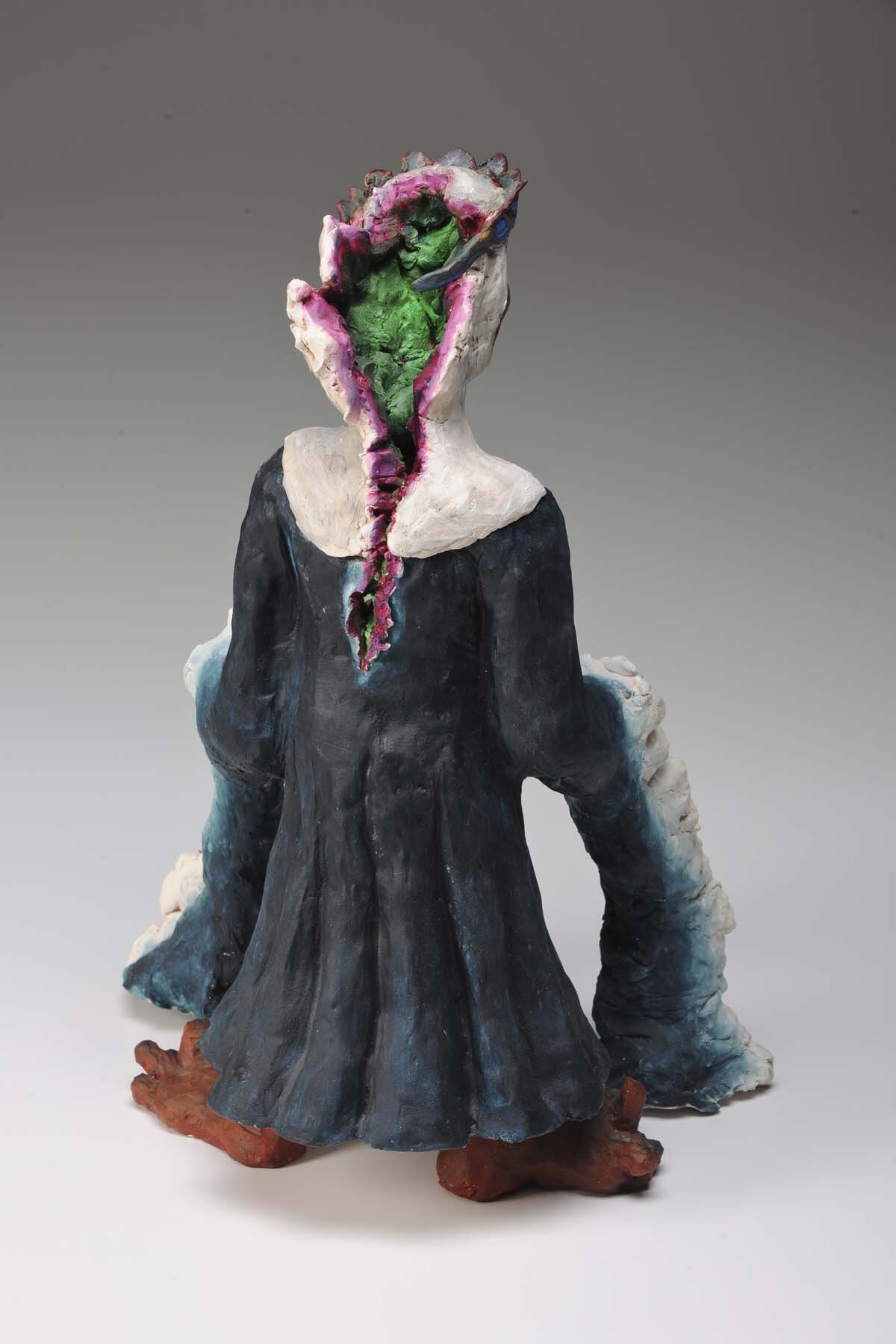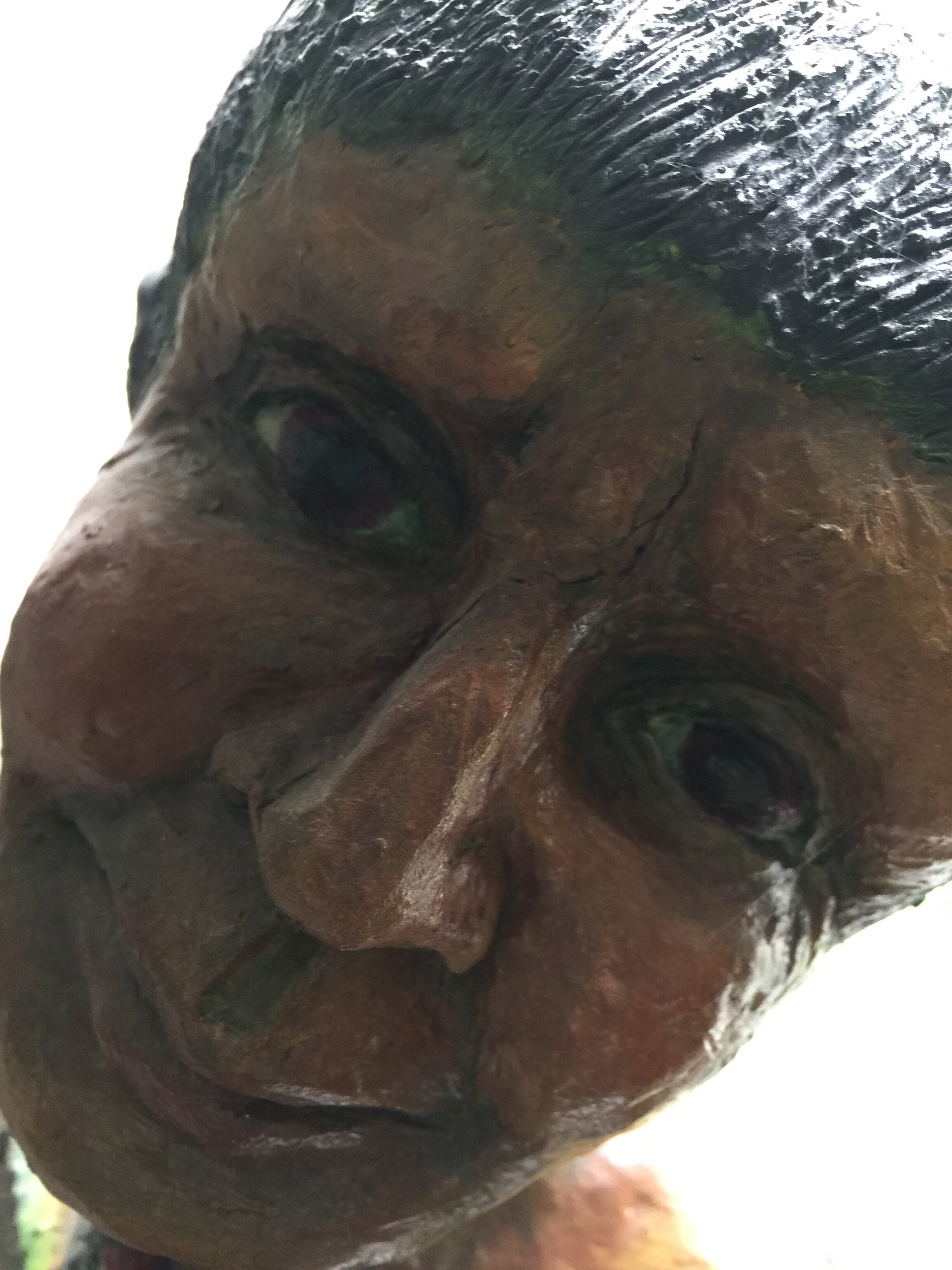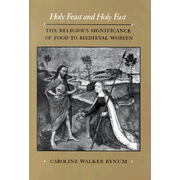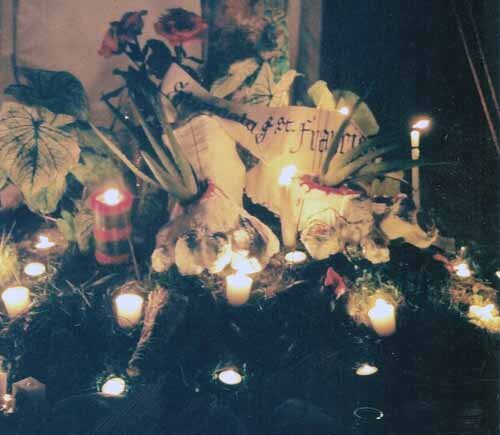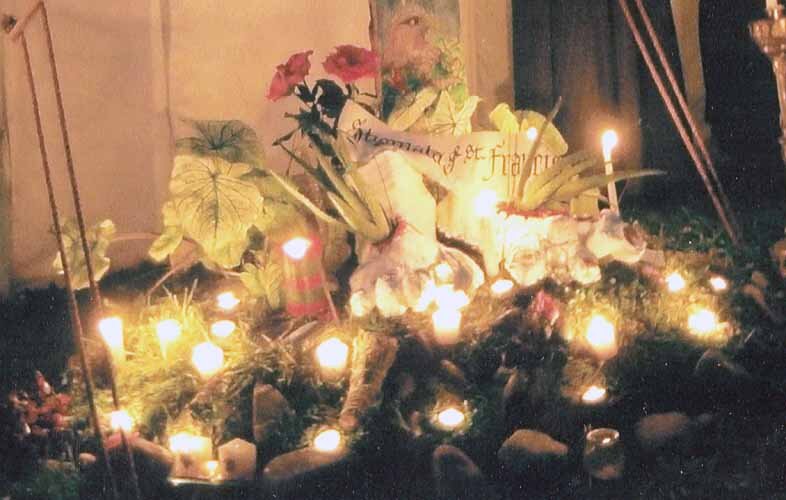The Healing Nature of Wounds by Sybil ArchibaldThis is a poem I wrote last year when recovering from losing so much blood. I felt great deal of despair and I found solace and hope in the example of St. Francis. I know I've posted a lot about St. Francis in recent months, but I promise this will be my last post on him for at least a few more!
St. Francis, Mid-Way, Speaks
On Stigmata
As the warmth spreads softly through your hands
You cannot realize how much it will burn
For years it will burn
Brighter and dimmer in rhythm with a secret cycle
but always aflame
always searing
bringing the spirit to boil
I am the pot for a sacred recipe I will never know.
My side cries the blood-red tears of a mother for her Son.
I will never forget.
My feet produce a holy smudge as I walk
Each step is a sacred stab
Painting soil, rooting me,
My palette: blood mixed with the trod upon earth,
Earth and man are one.
On Internal Boiling
I keep these ever bleeding wounds hidden as best I can
My secret shame that I should be singled out for God’s mark.
Many times I feel I cannot bear it.
Many times I wonder if I can go on.
But I do
There are moments when the pain and anguish subside, like the brief parting of clouds during a grey winter’s day
Then I am flooded with Your Light
I forget to wonder
I forget embarrassment
There is only You
My joy
Then the clouds close and blood fills my eyes.
I am here on earth again.
And the best I can do is bask deliciously in the echo of that moment.
Putting one wounded foot in front of the other,
Trusting that the pigmented marks I leave, my sacred painting, serves a purpose.
What the Ordinary Person Says of their Wounds
I am wounded to the core and my fever burns unceasingly.
I keep these ever-aching wounds hidden as best I can
My secret shame that I should be singled out, that I am different.
Is this God’s mark?
Lord, let my expectations and my mark be one.
Grant that my unfulfilled and broken plans
Dissolve in your sacred boiling pot.
I have endured all manor of physical pain.
But nothing compares to the suffering of lost dreams.
I throw myself on your mercy.
Let this small, circumscribed life have meaning.
Dear Francis, show me the way.
- Sybil Archibald 2012



